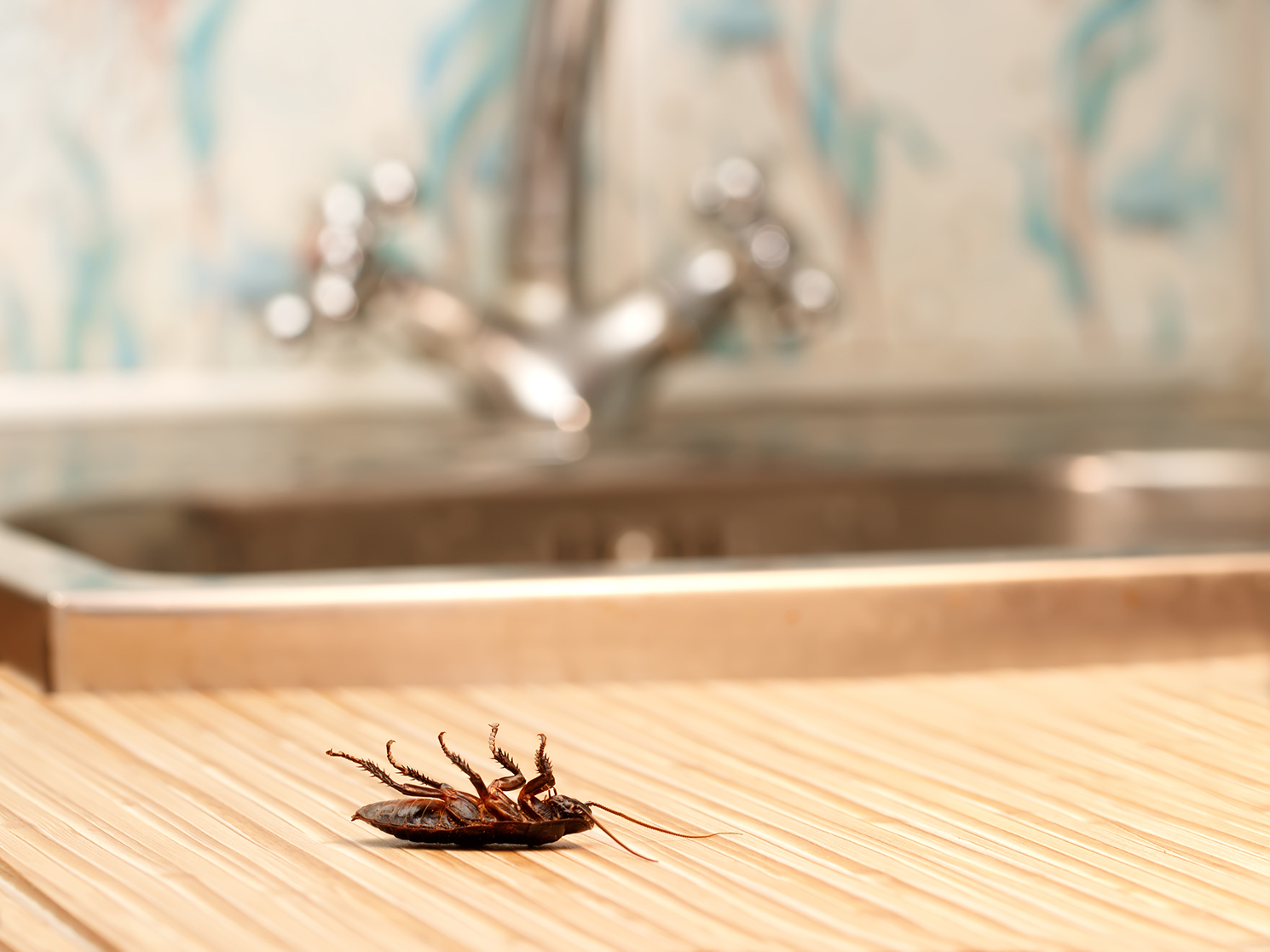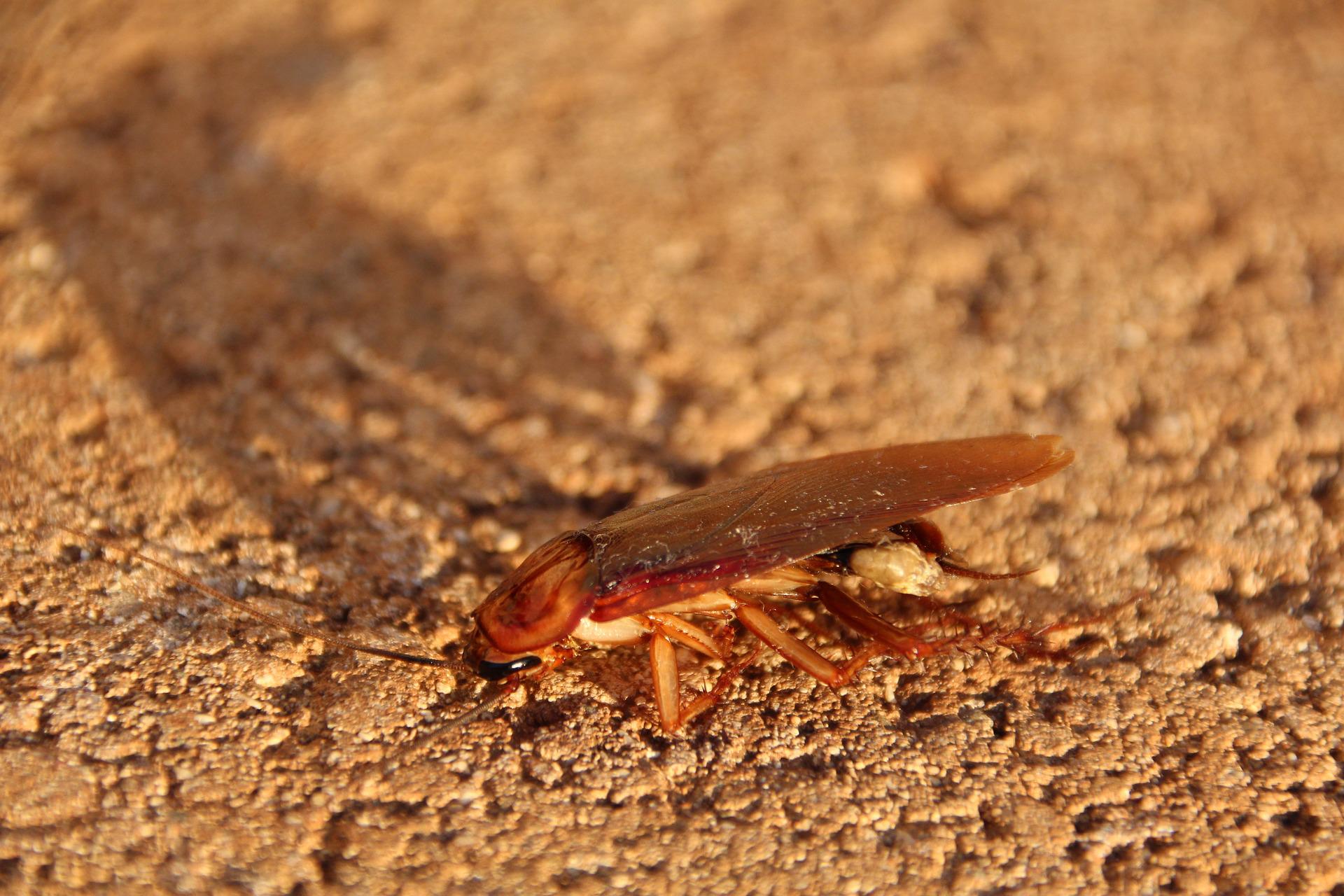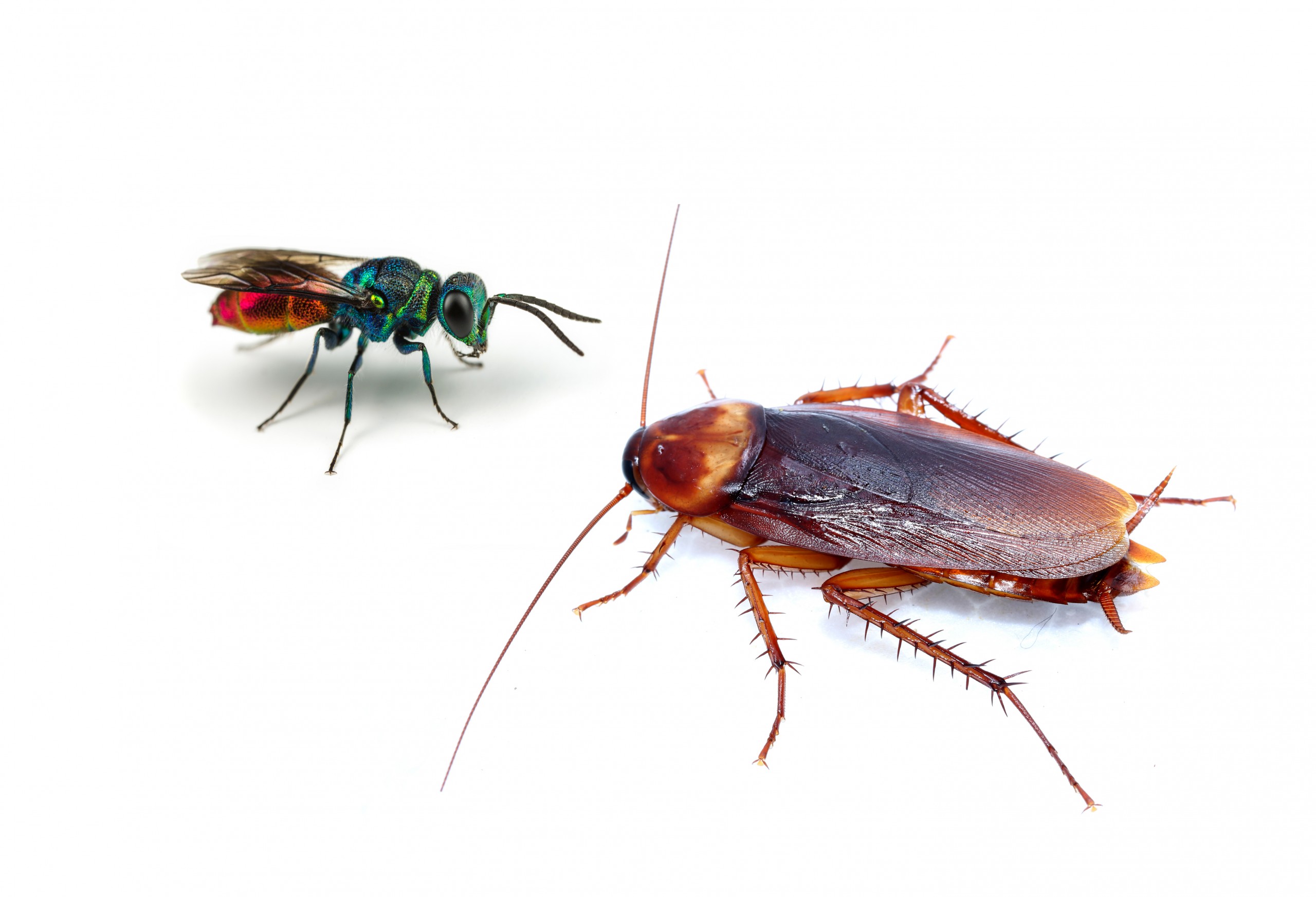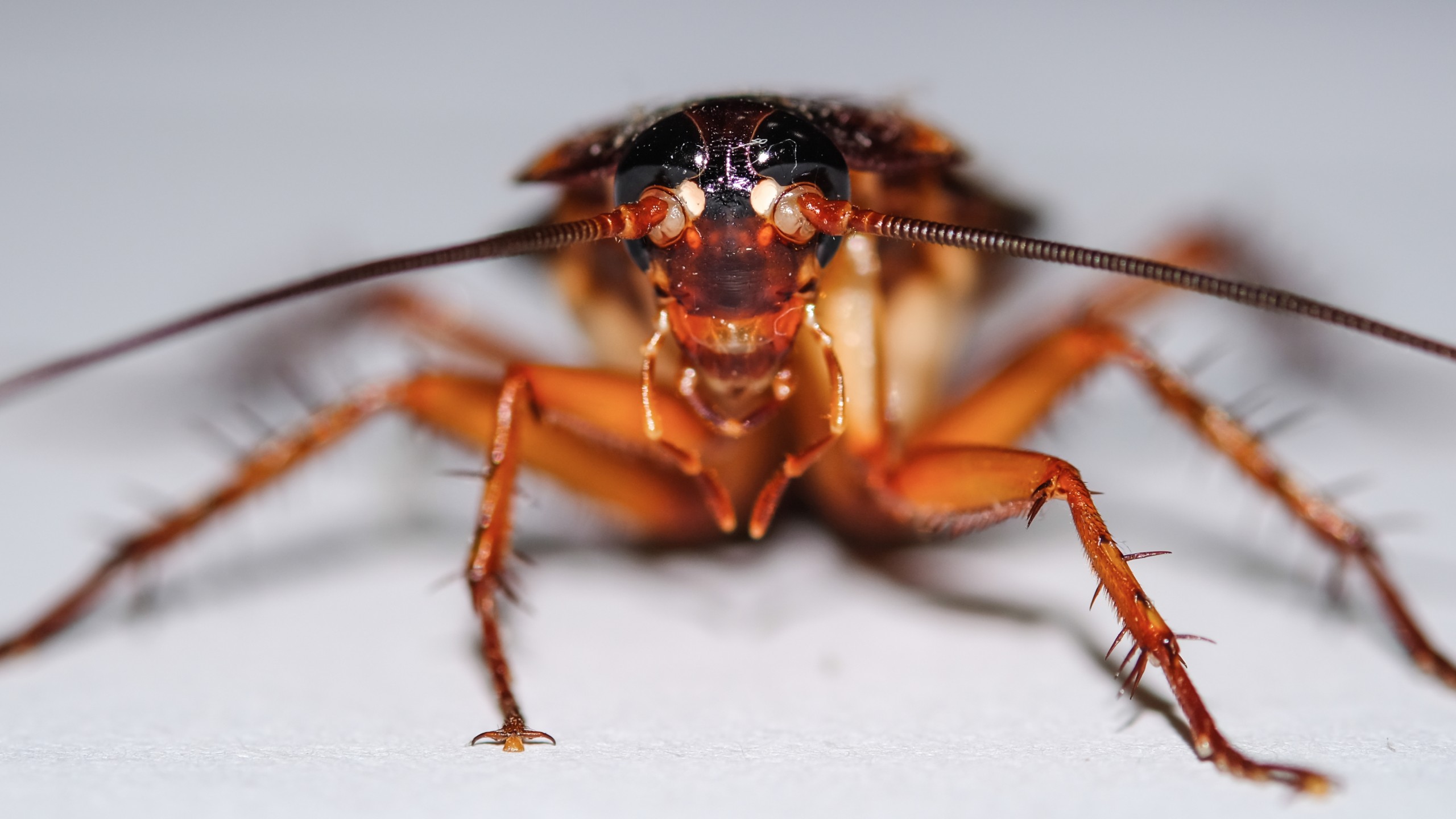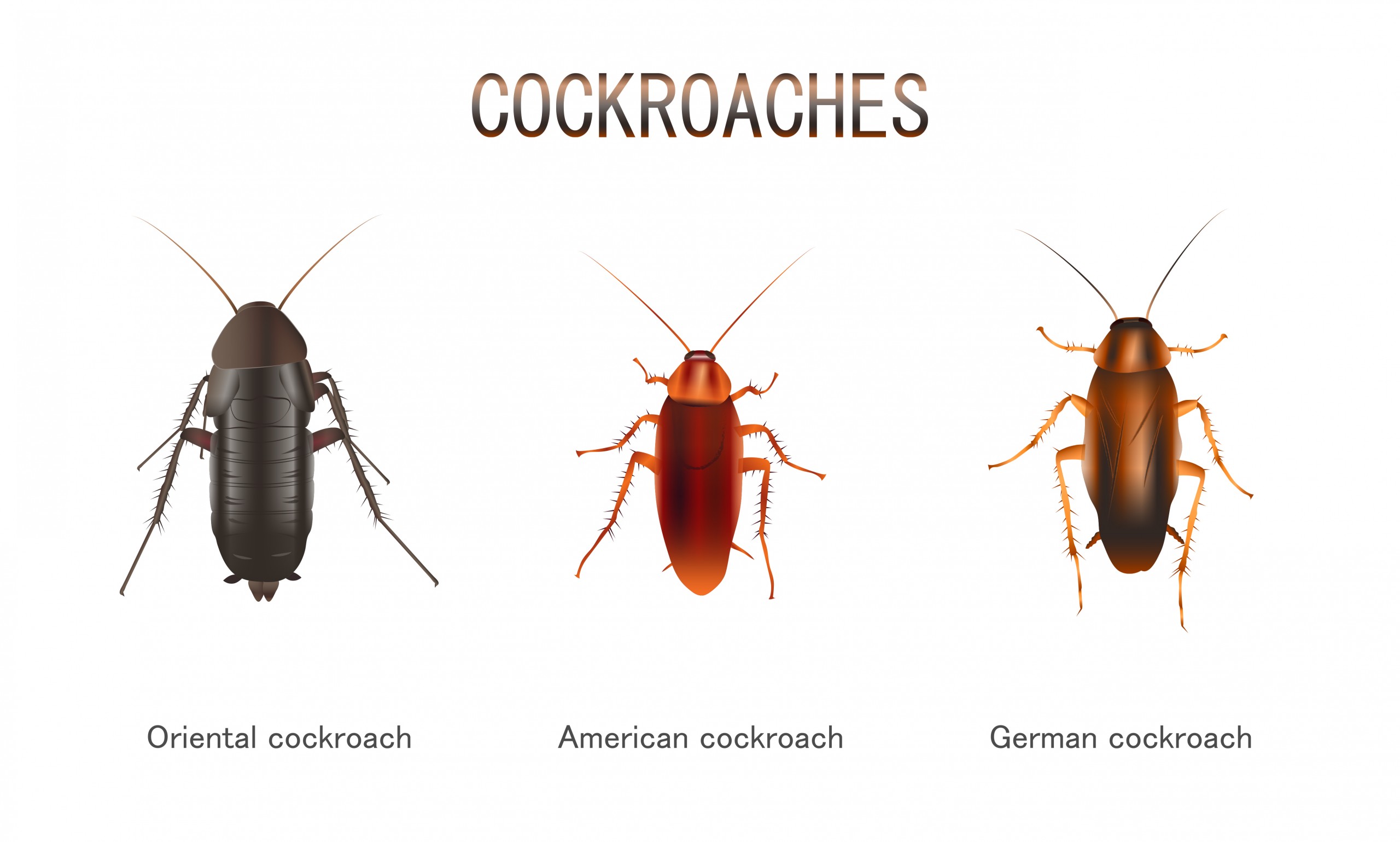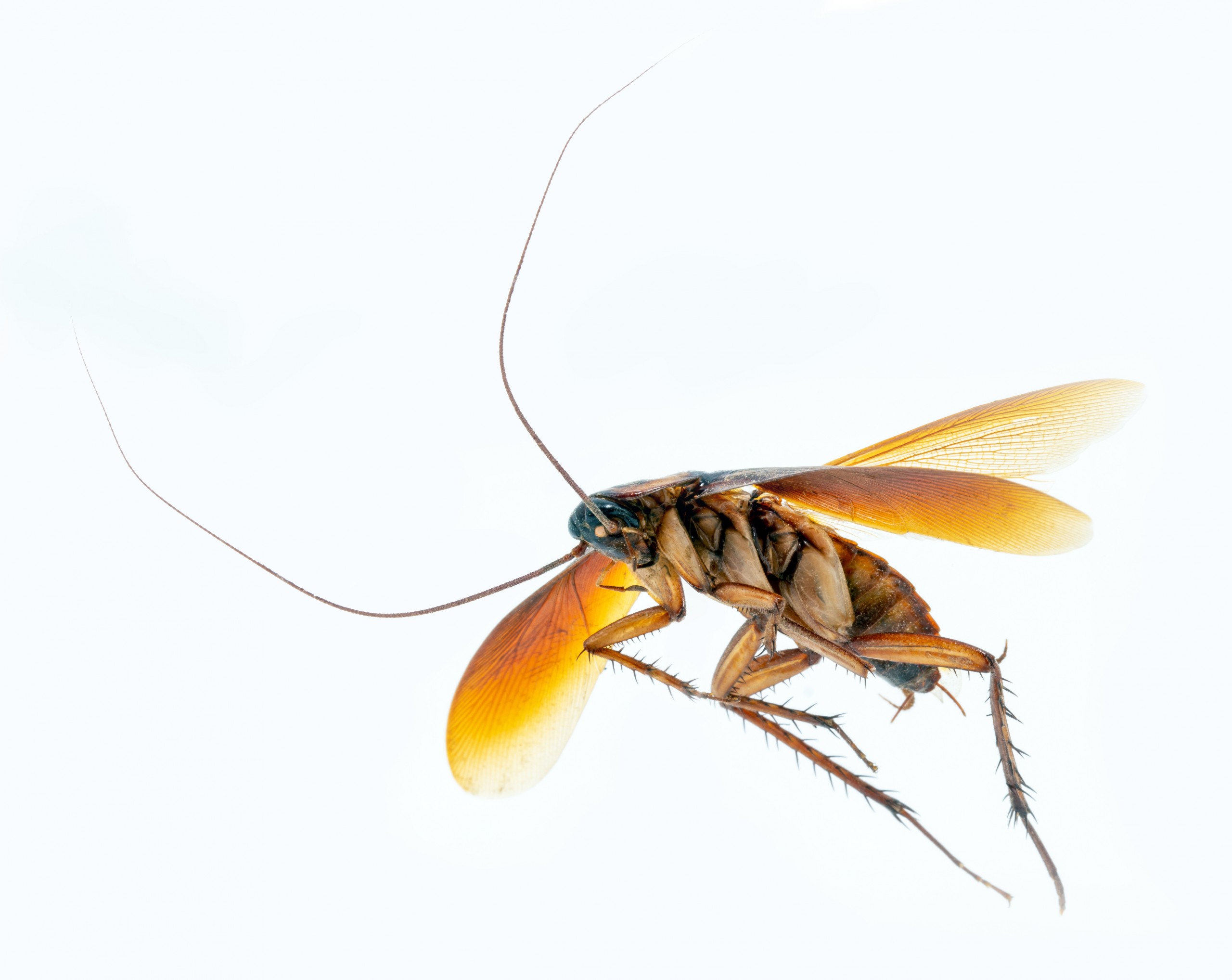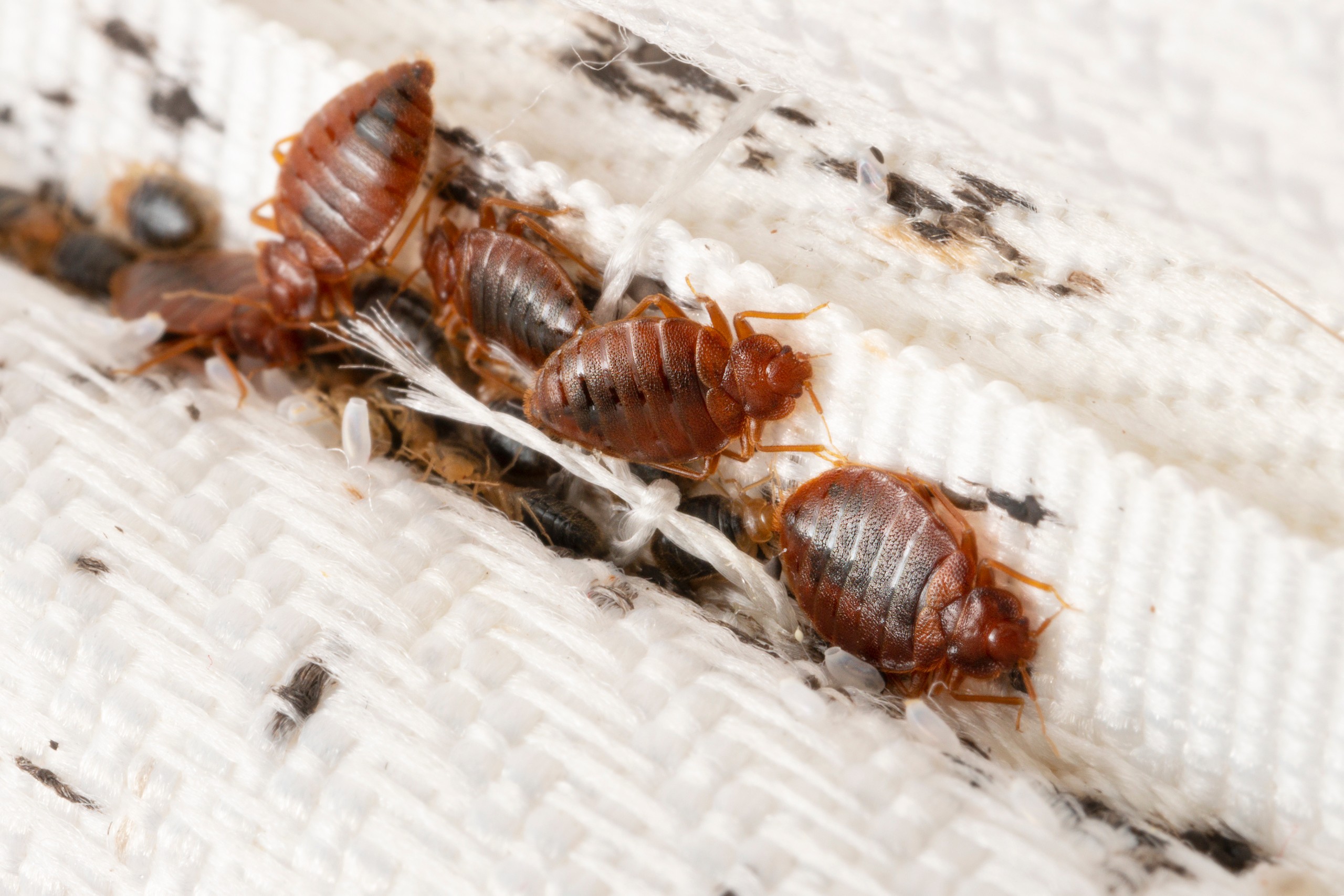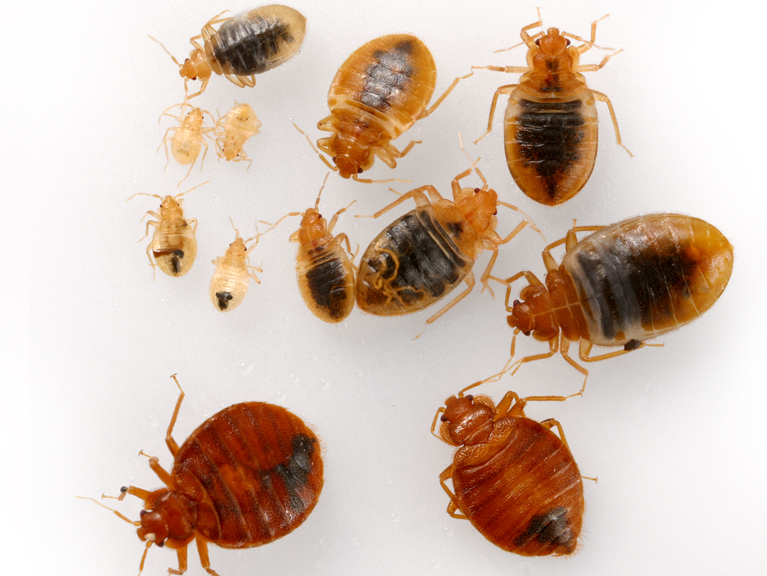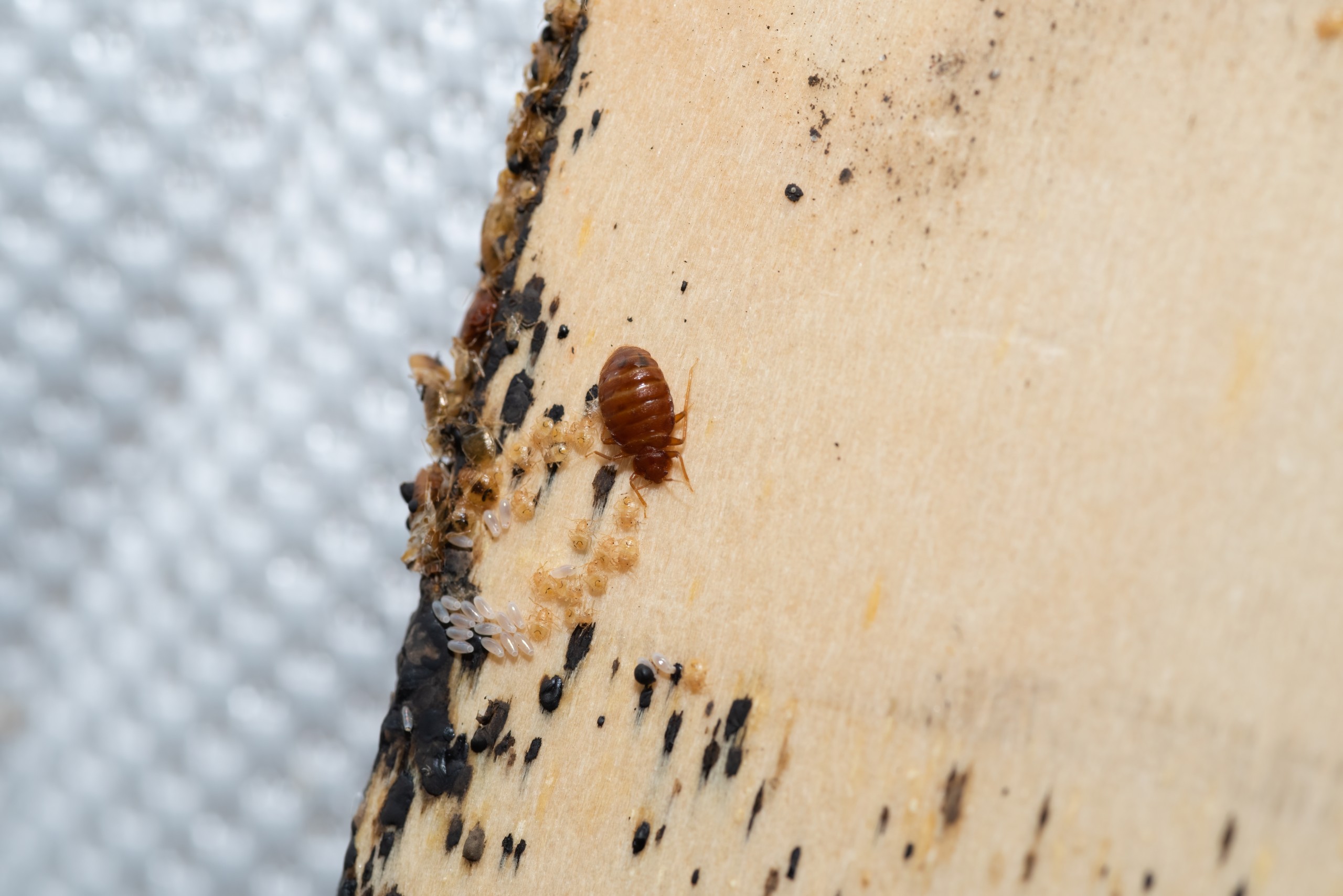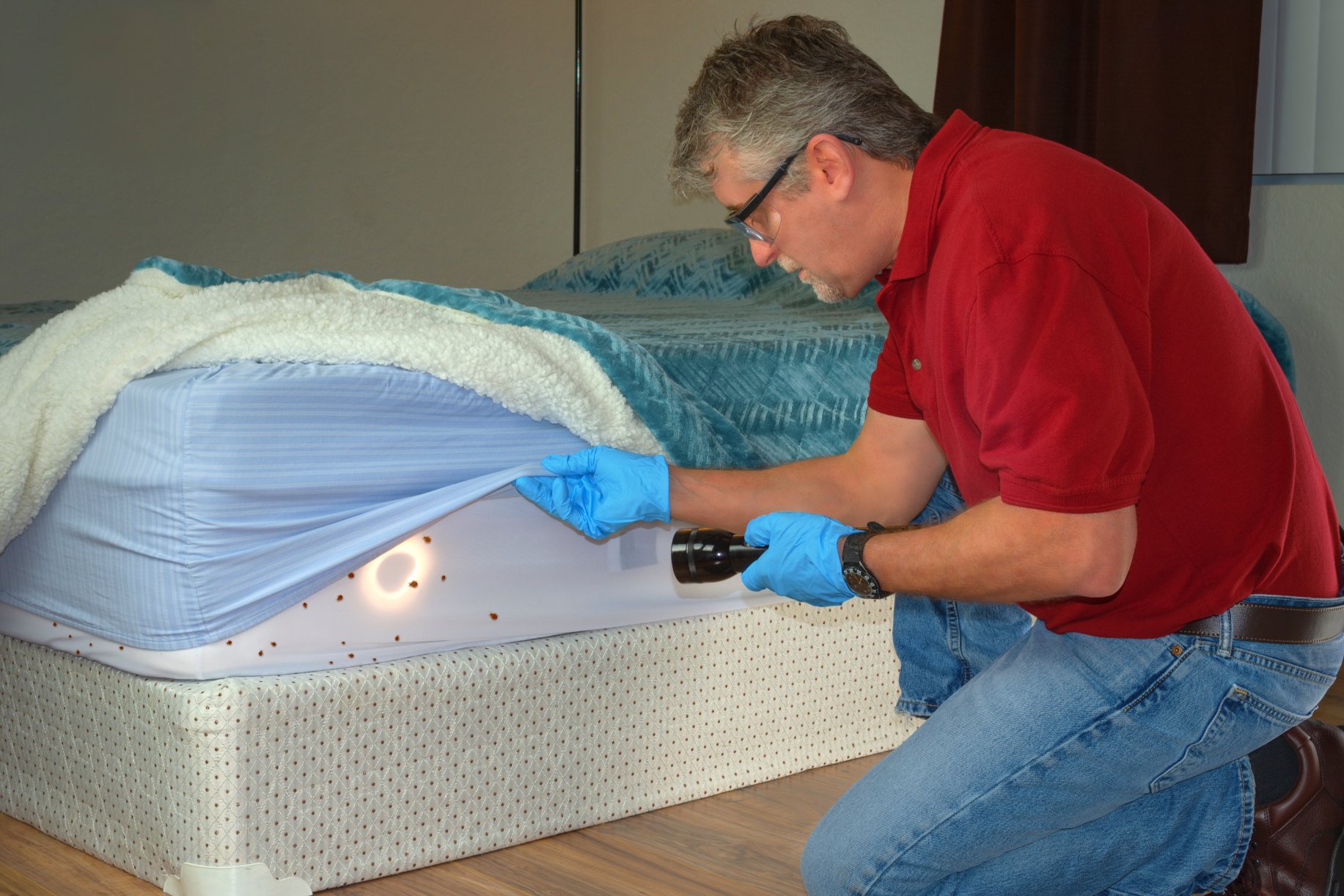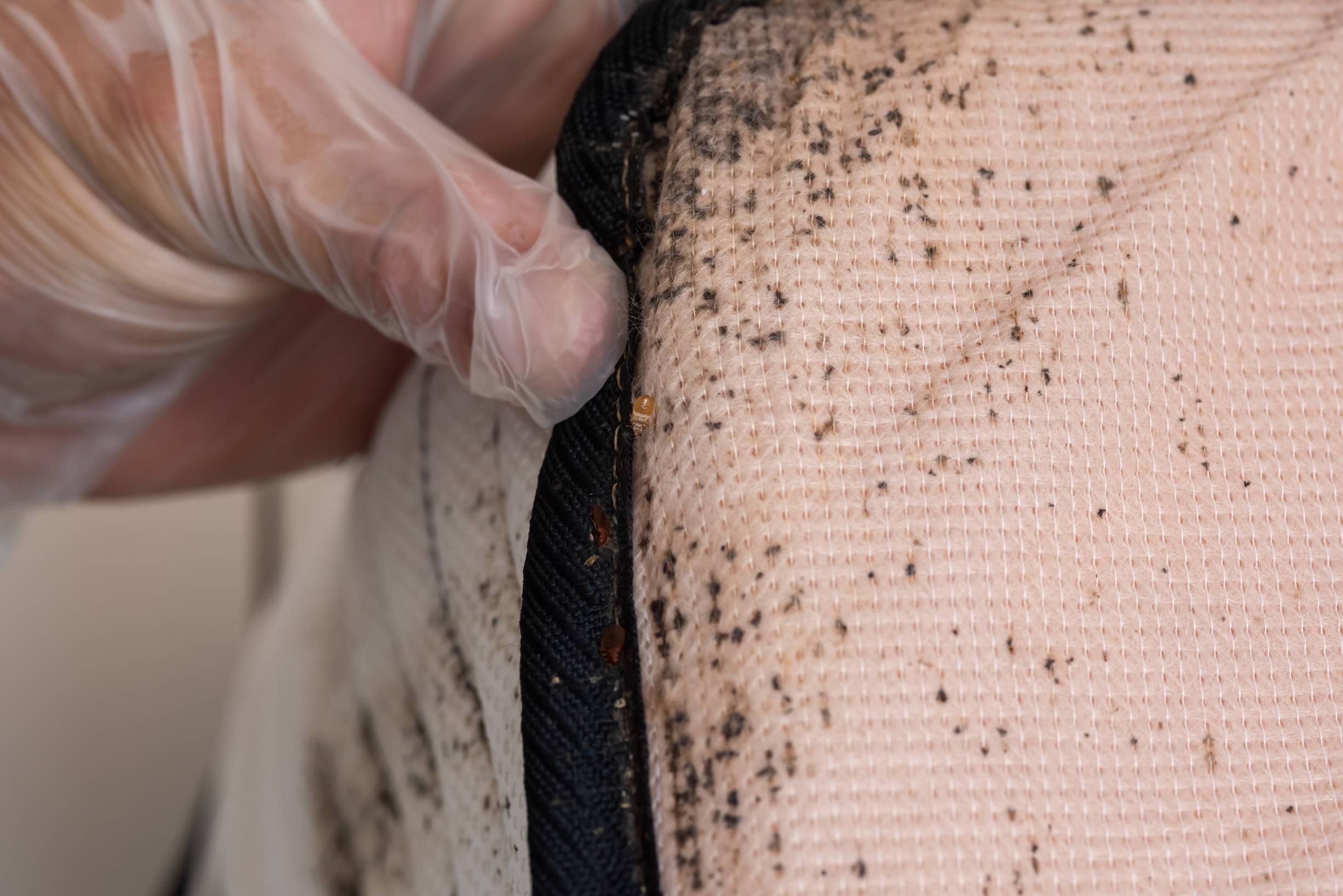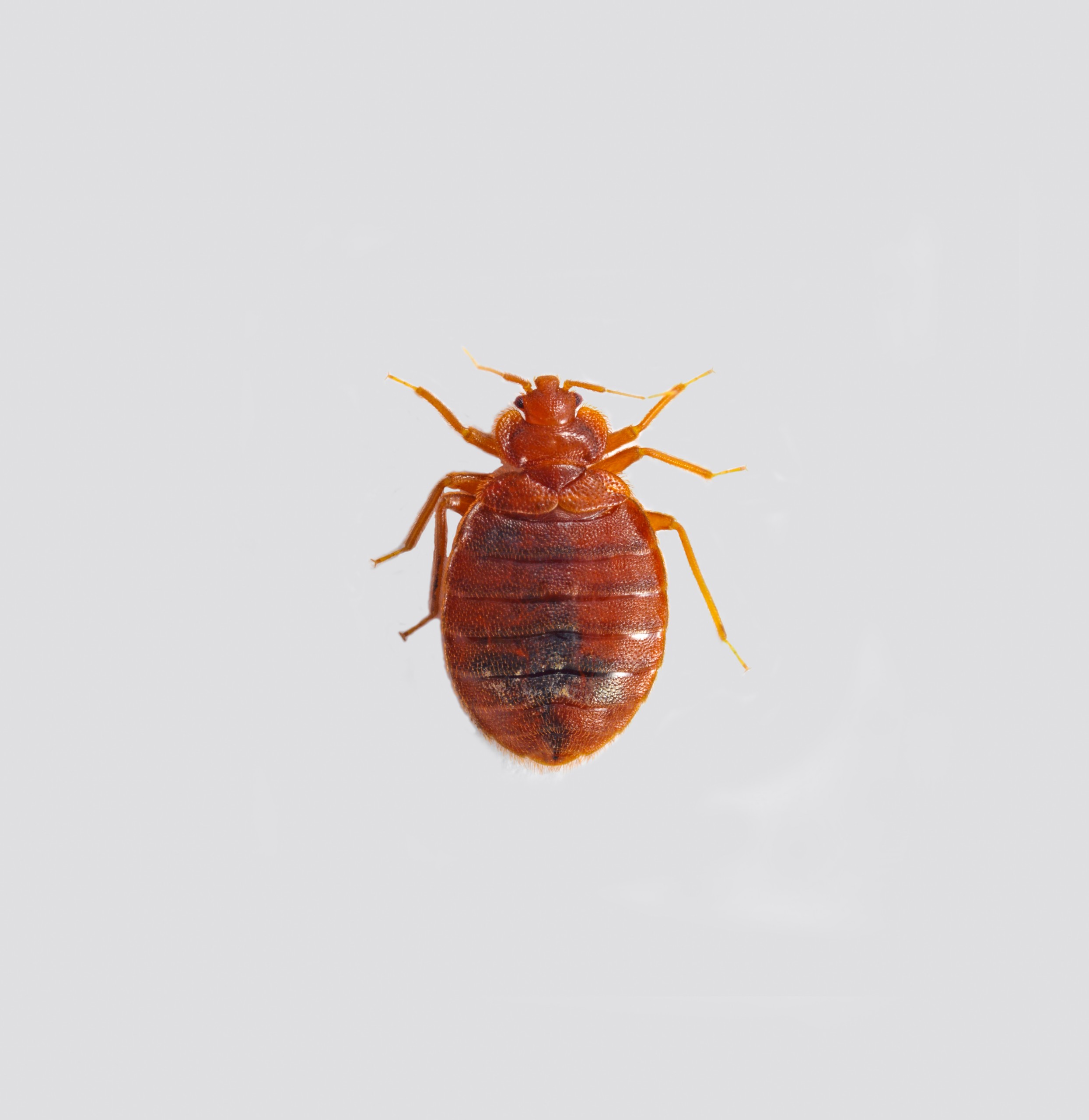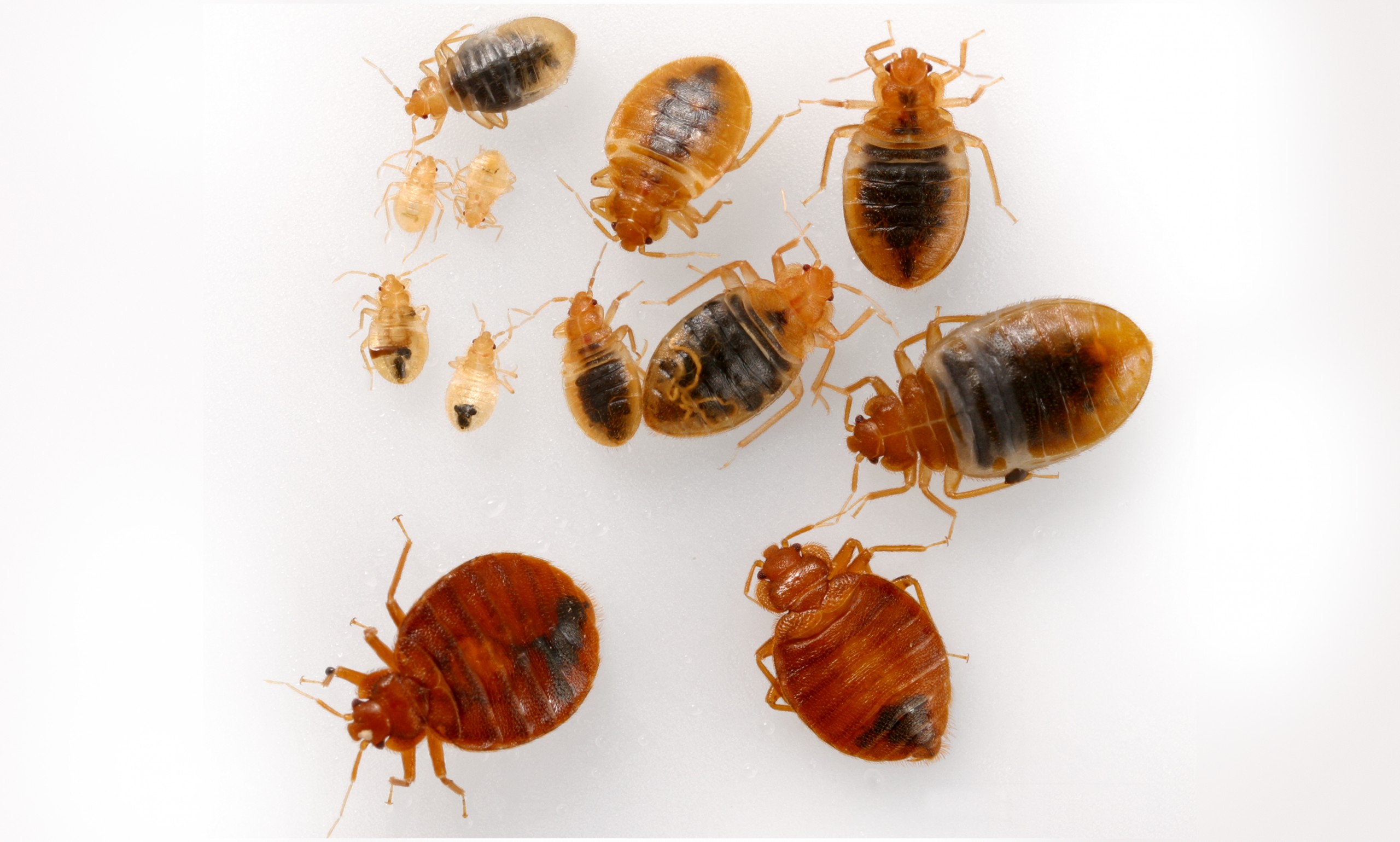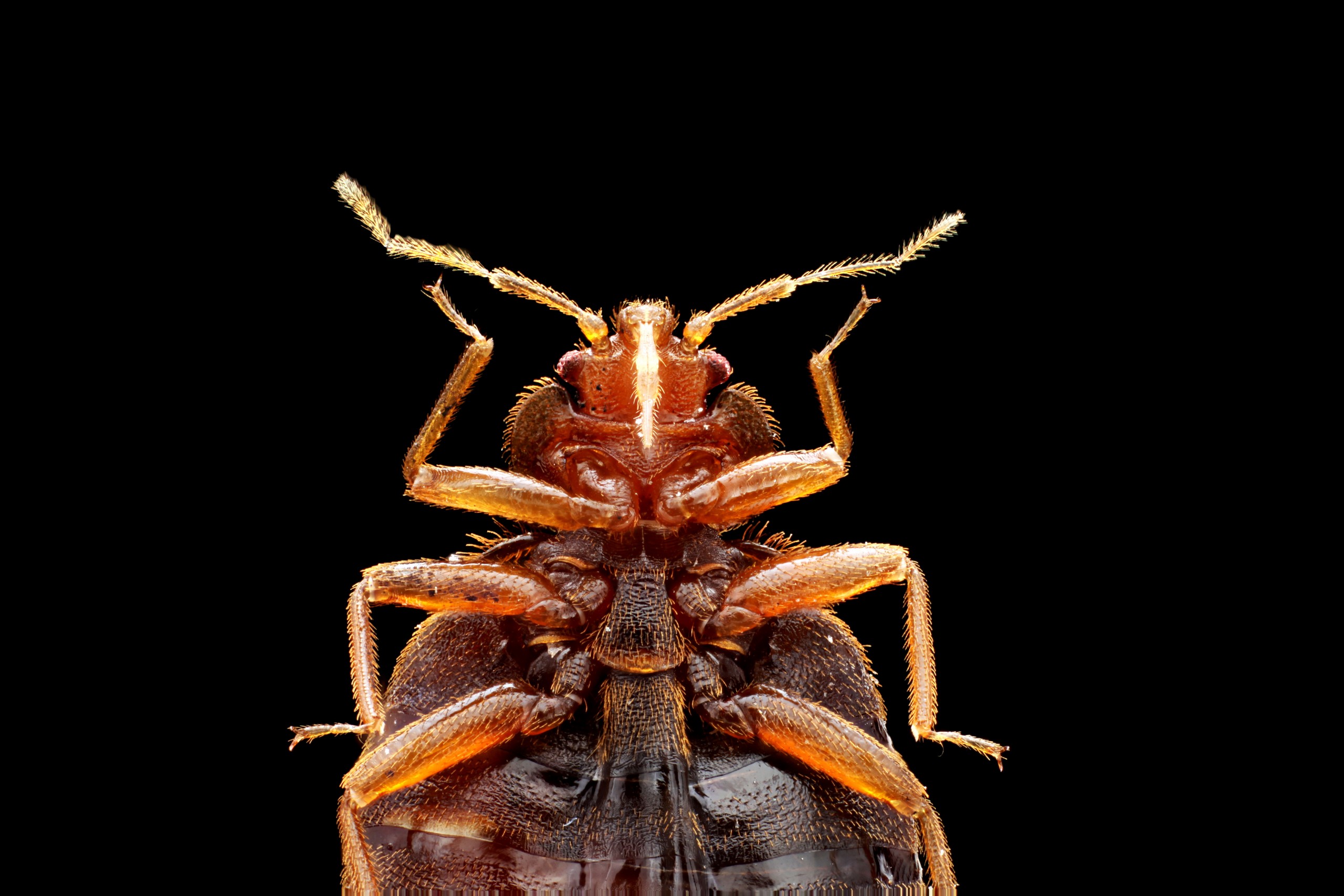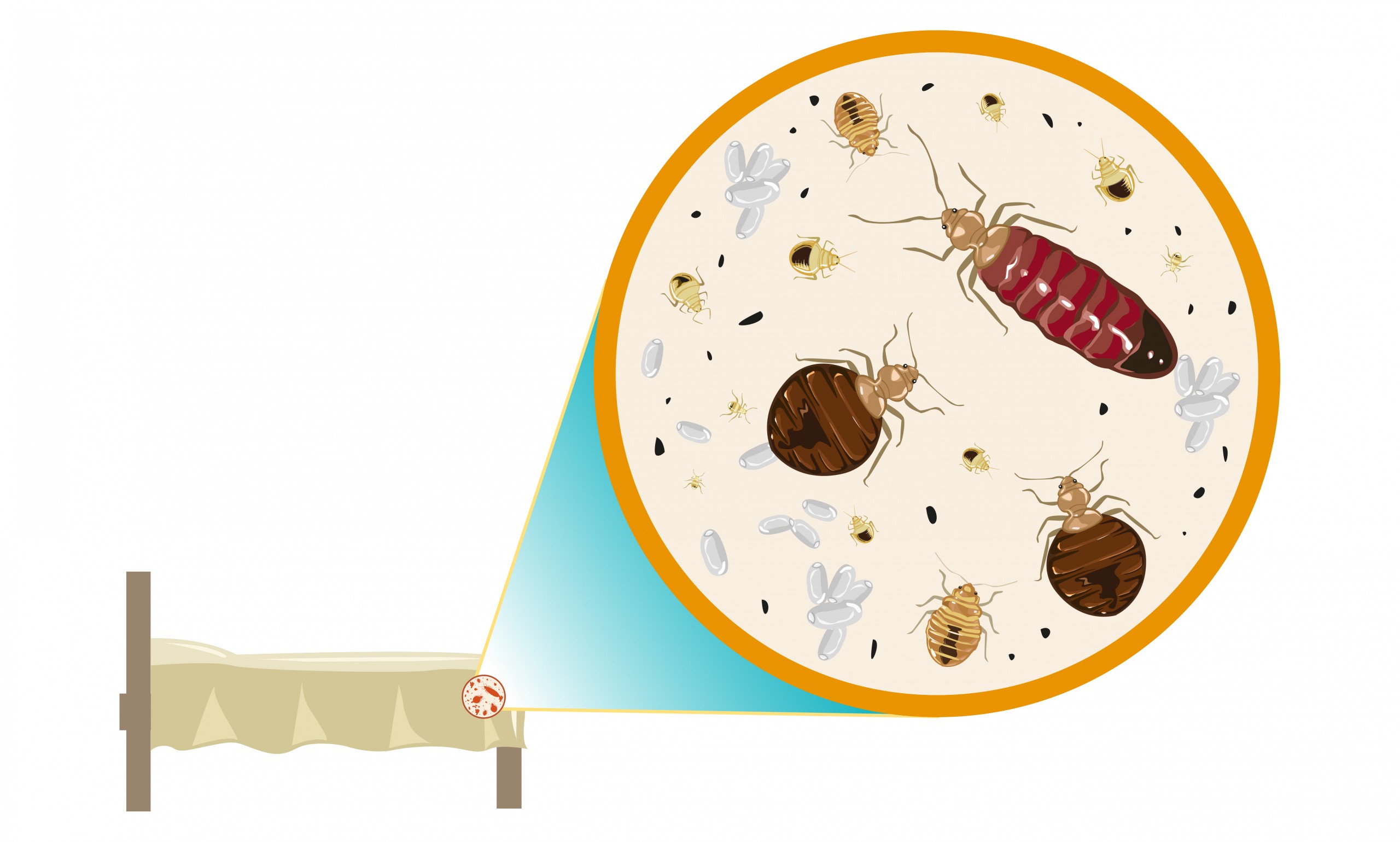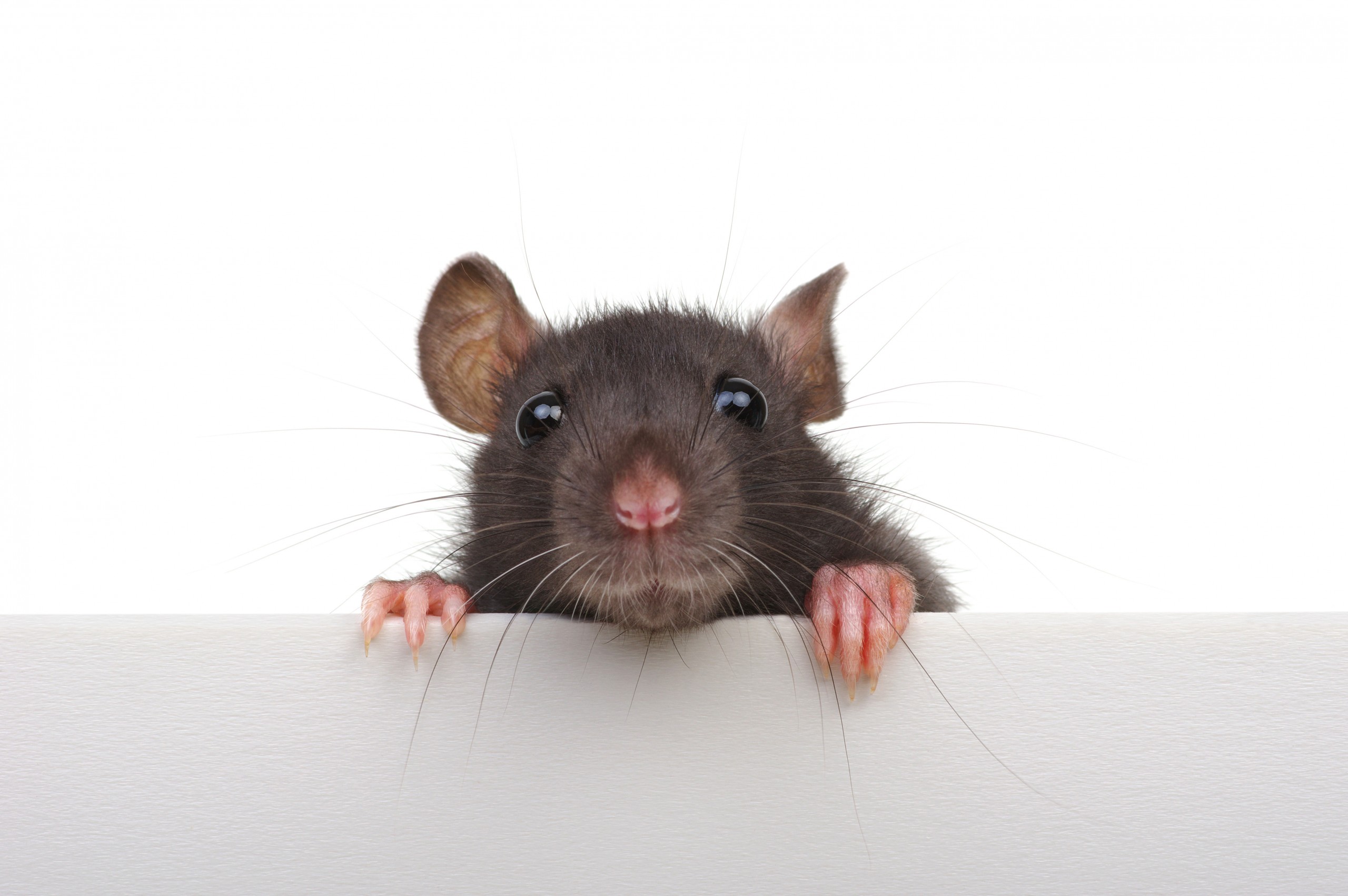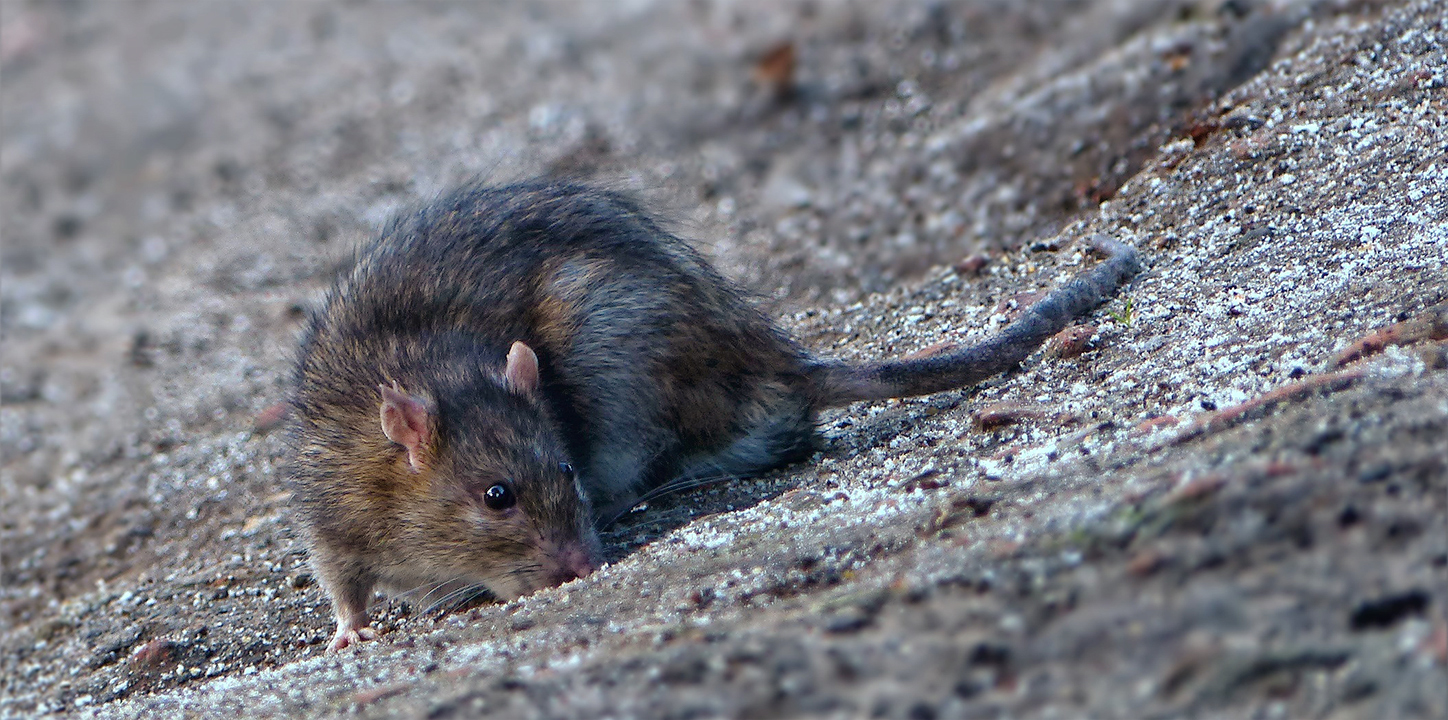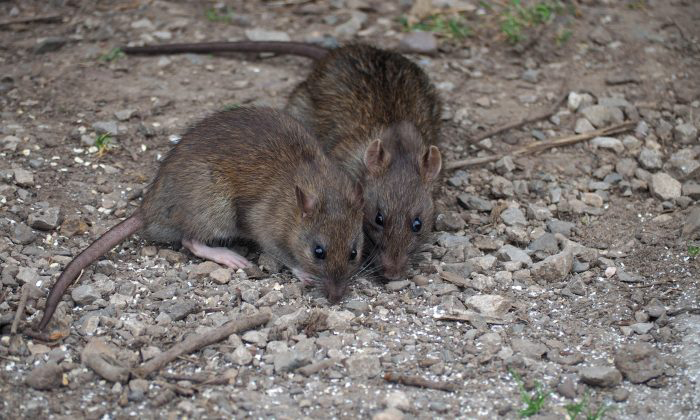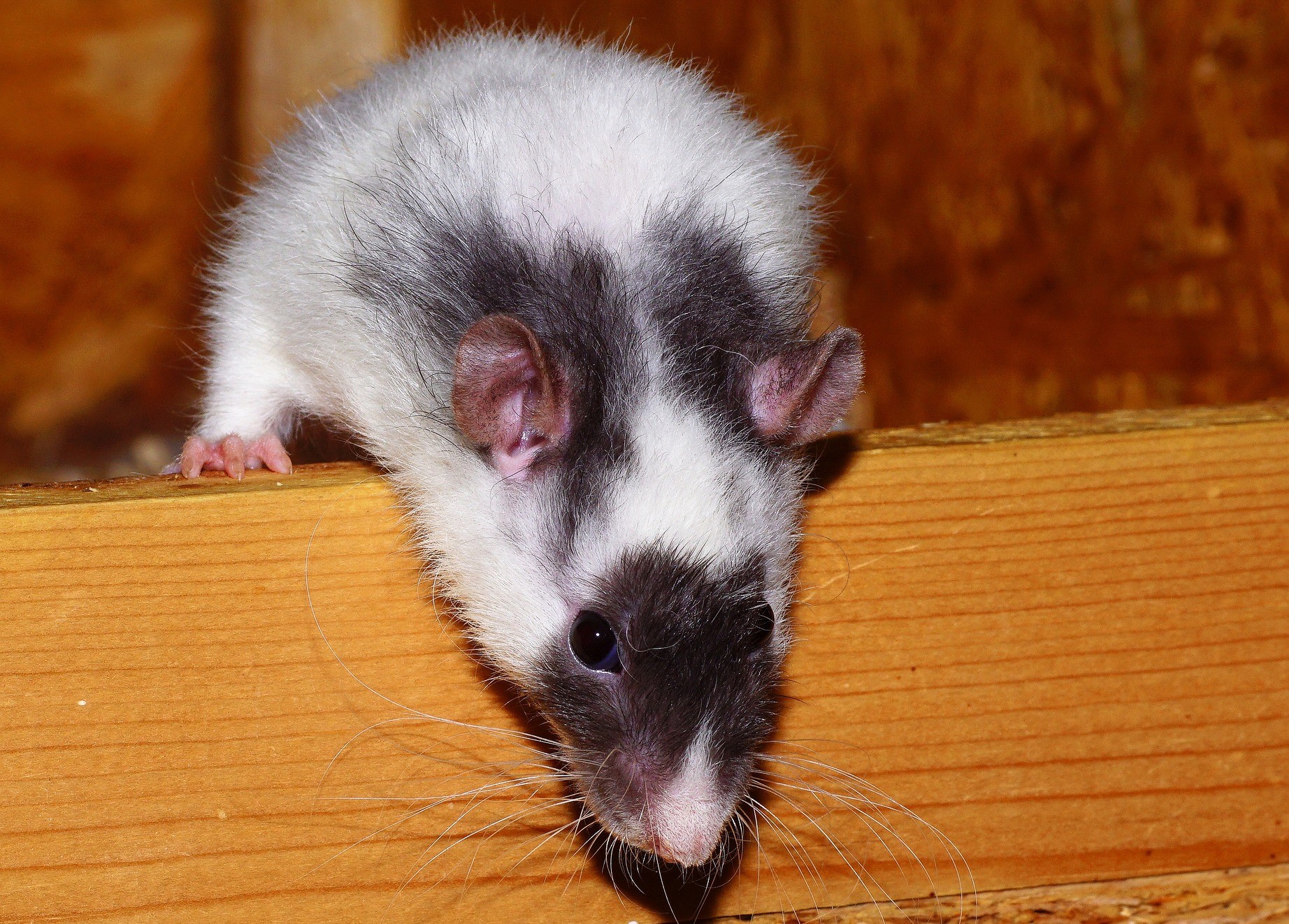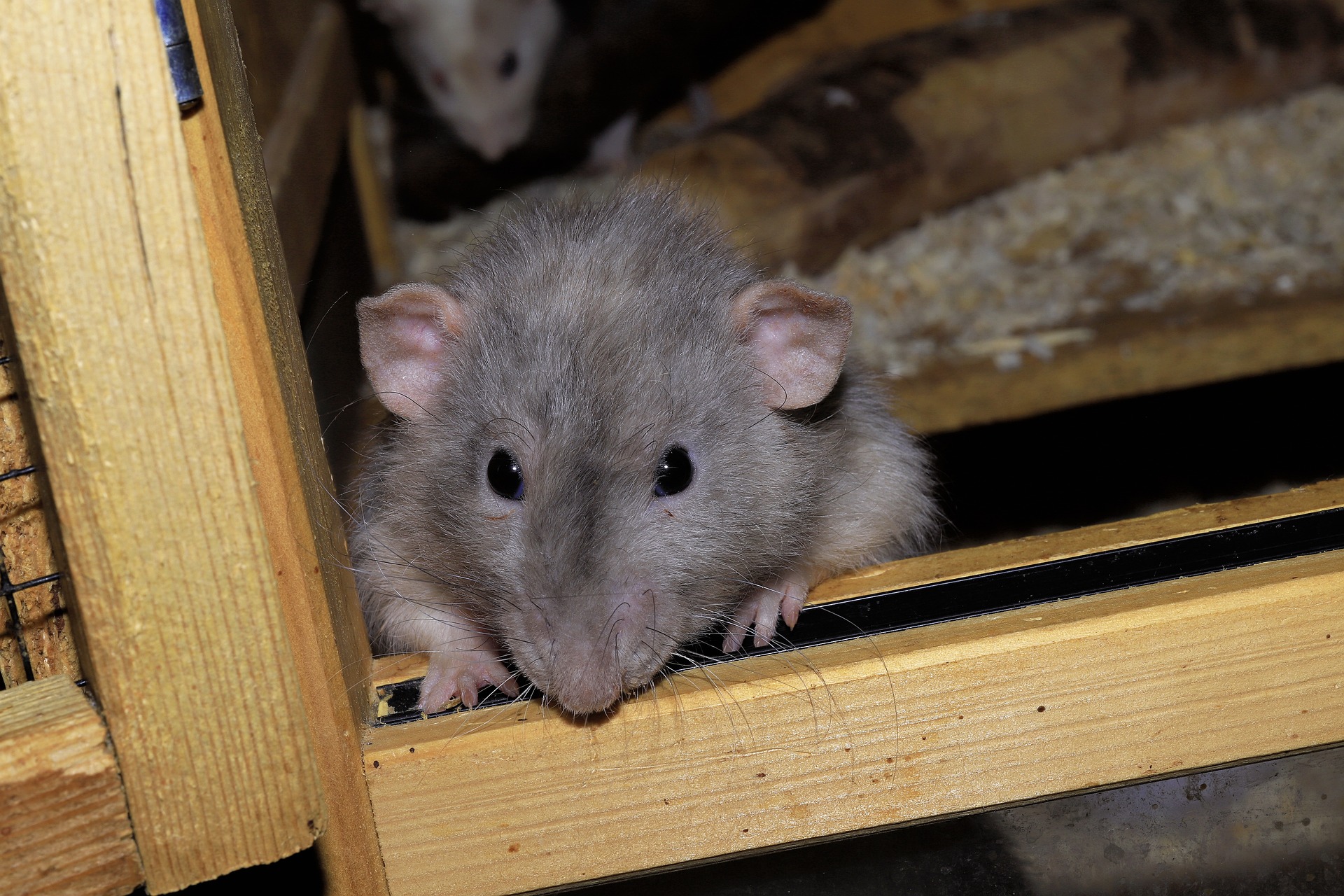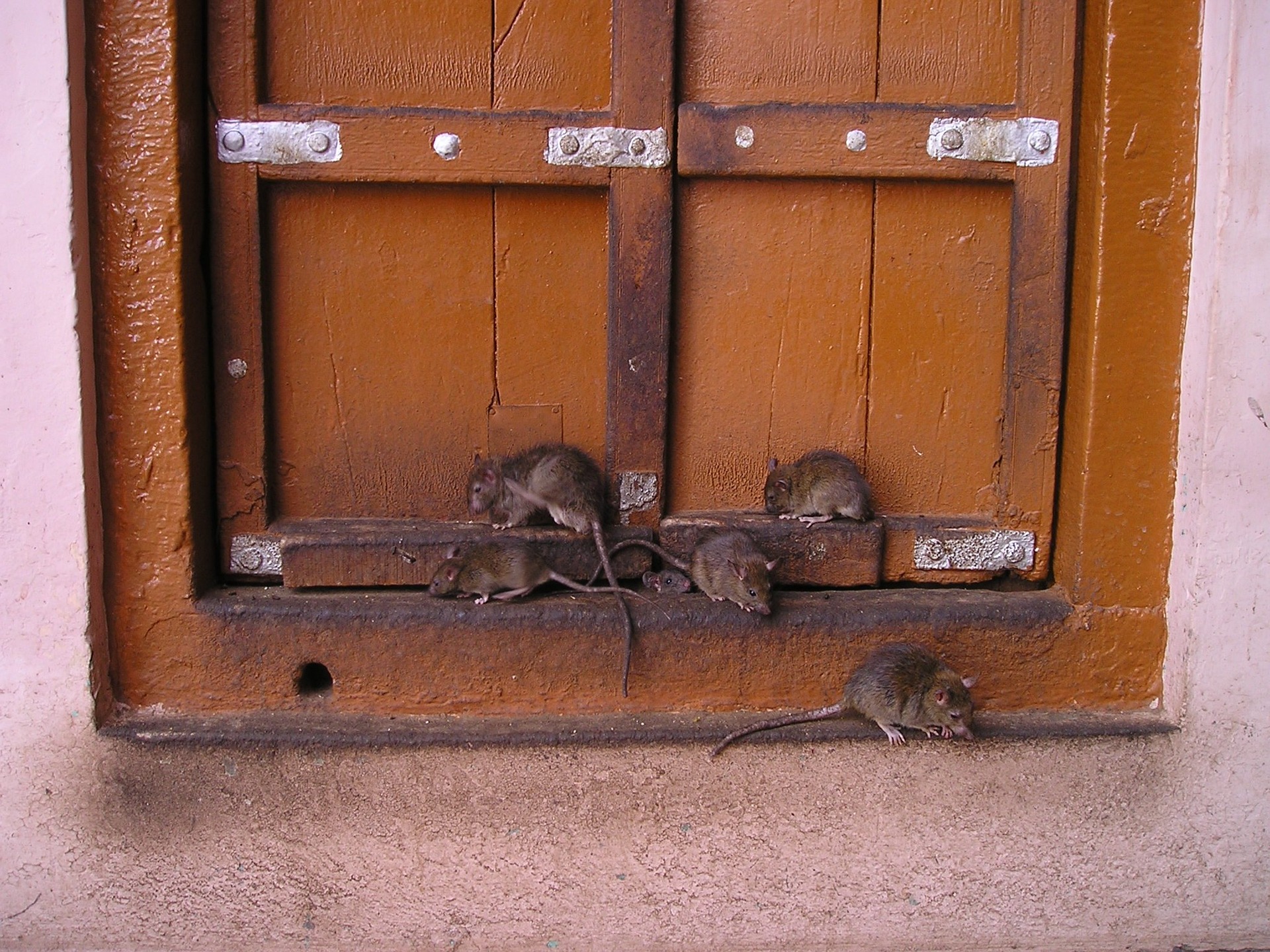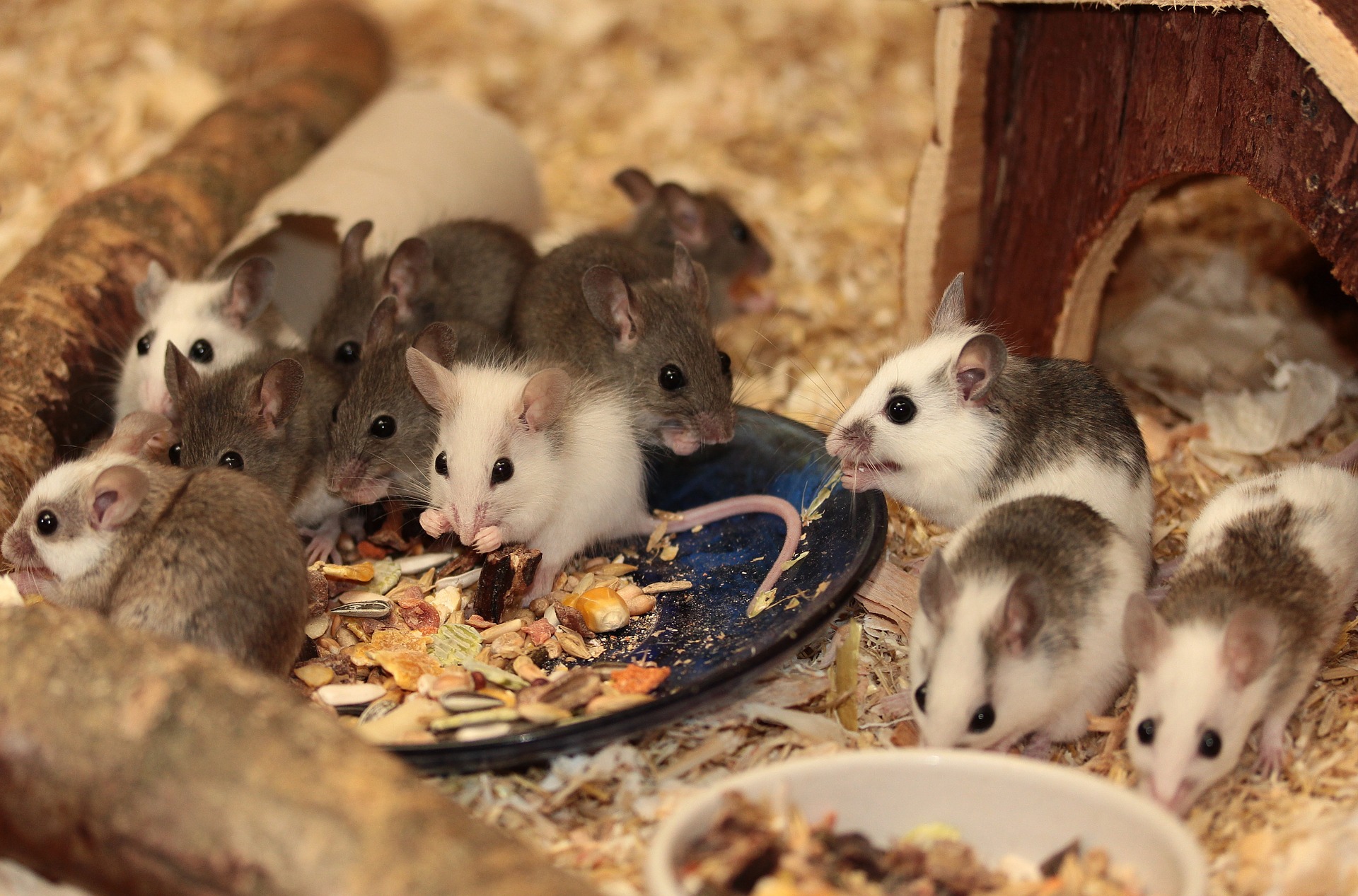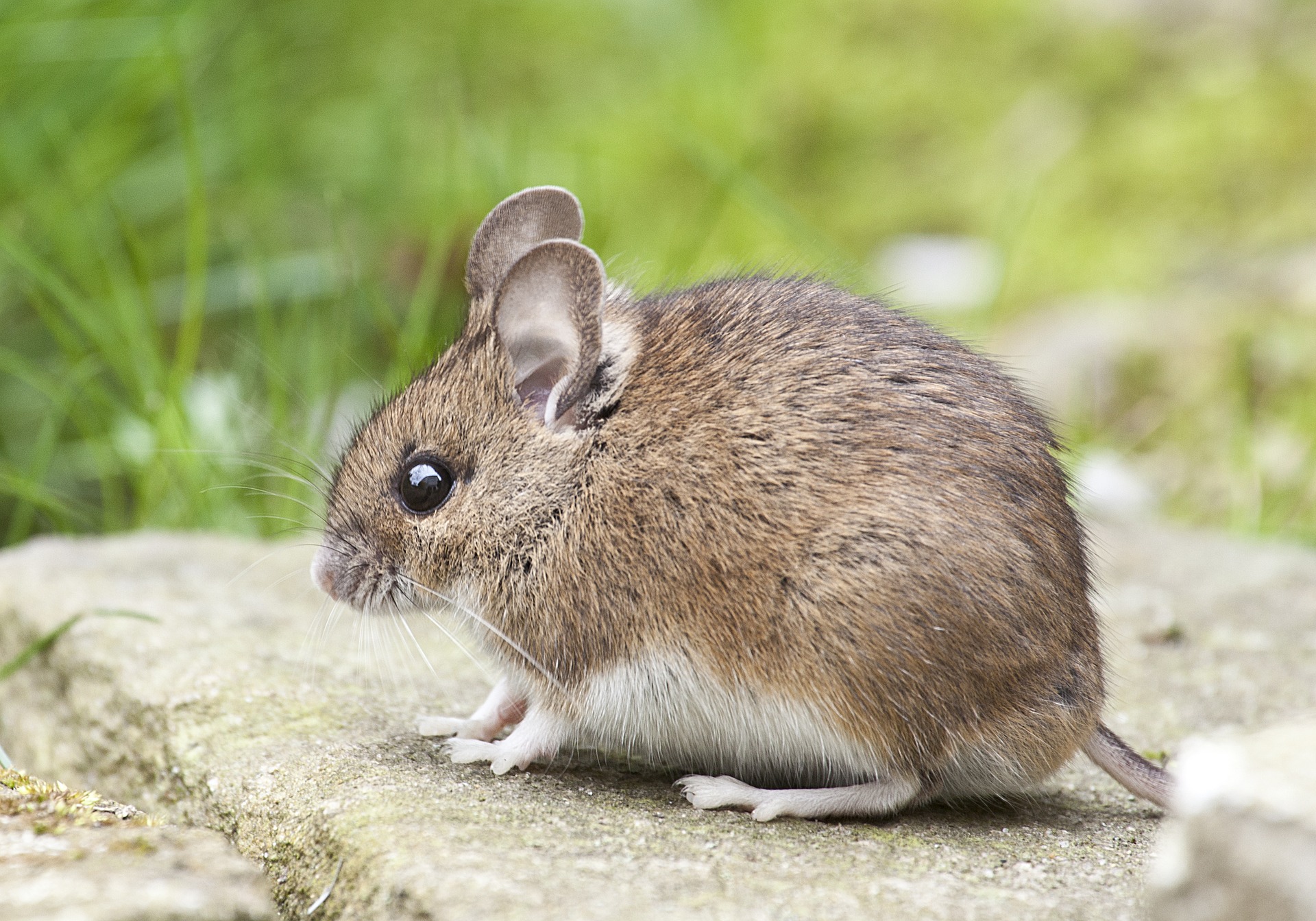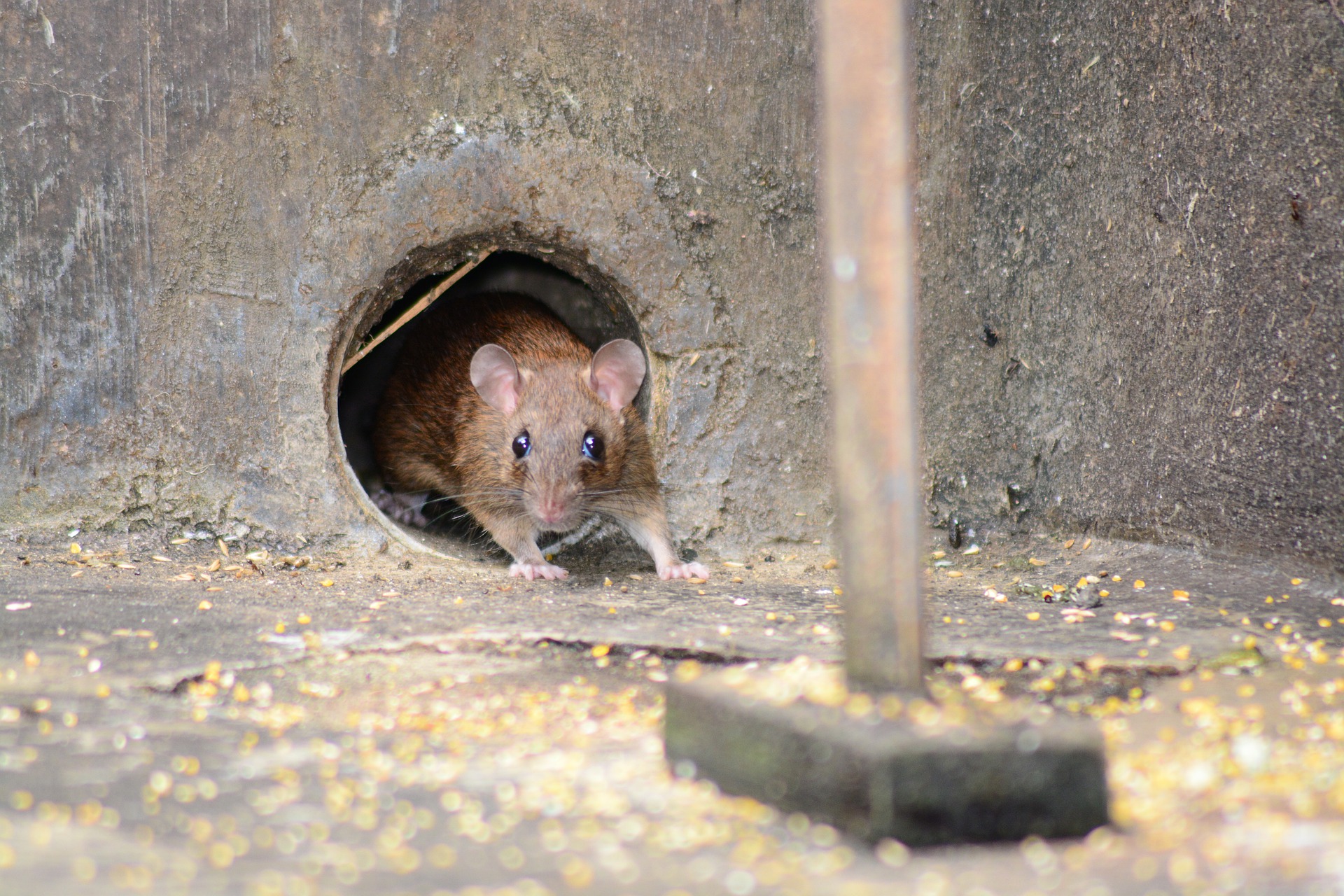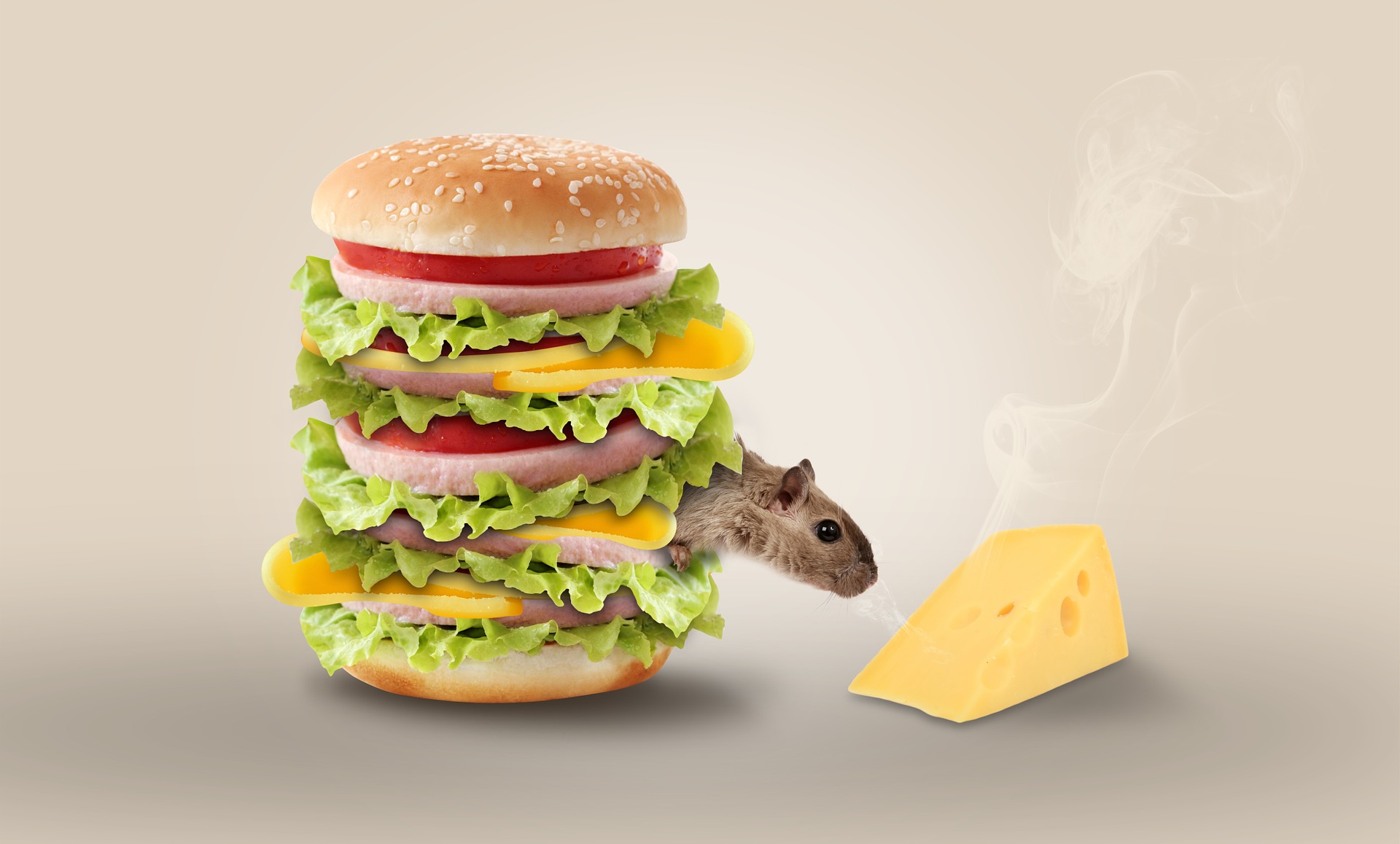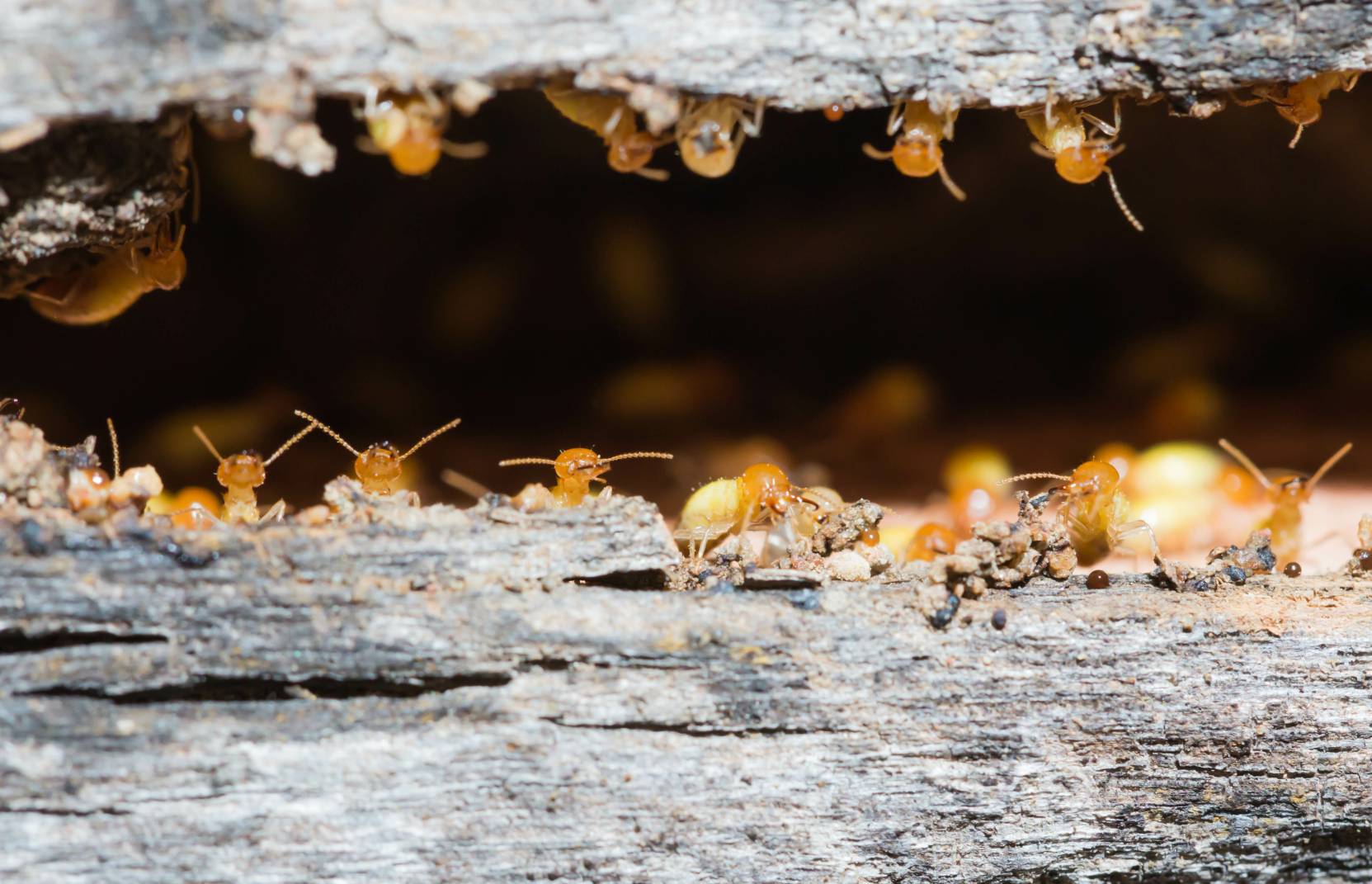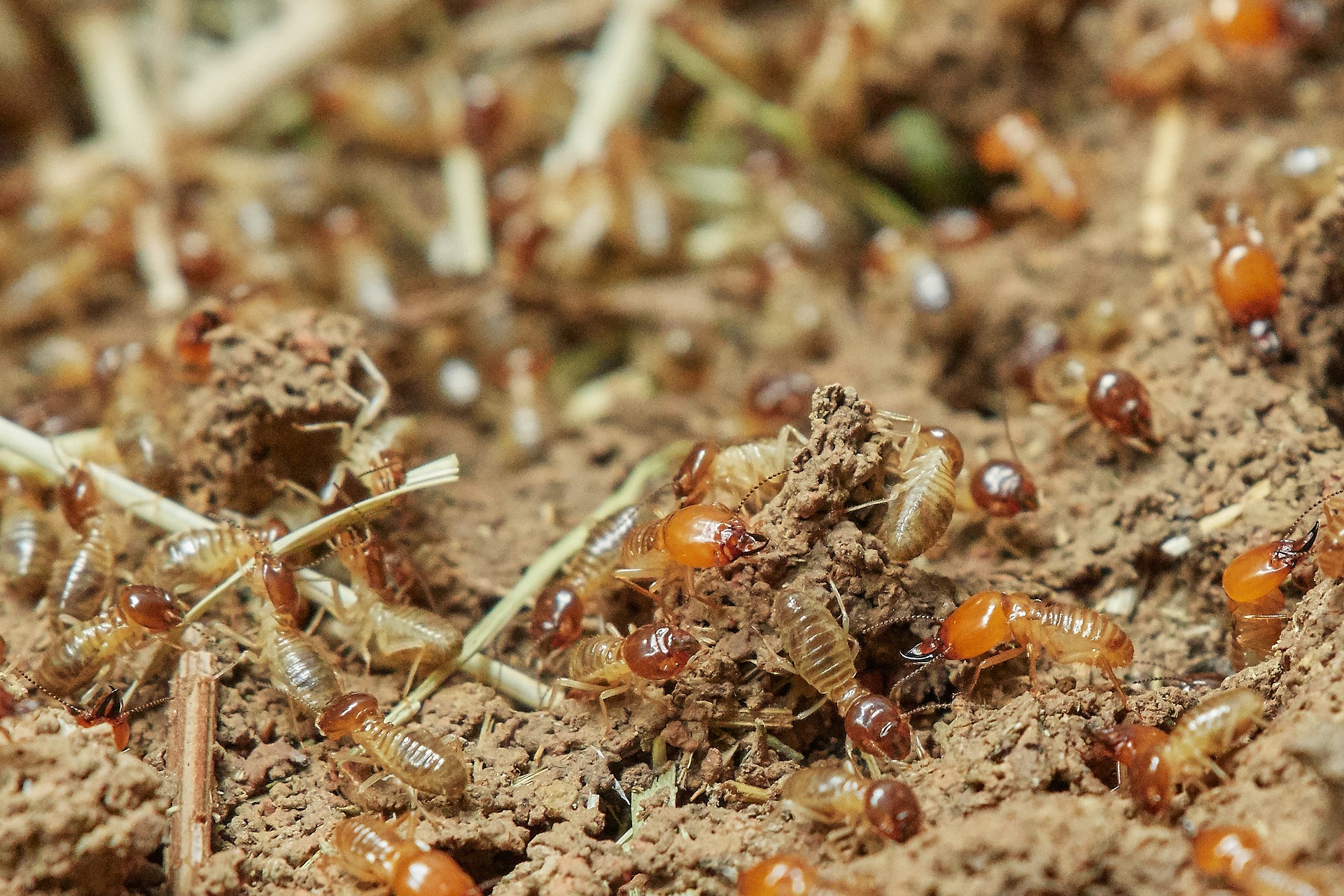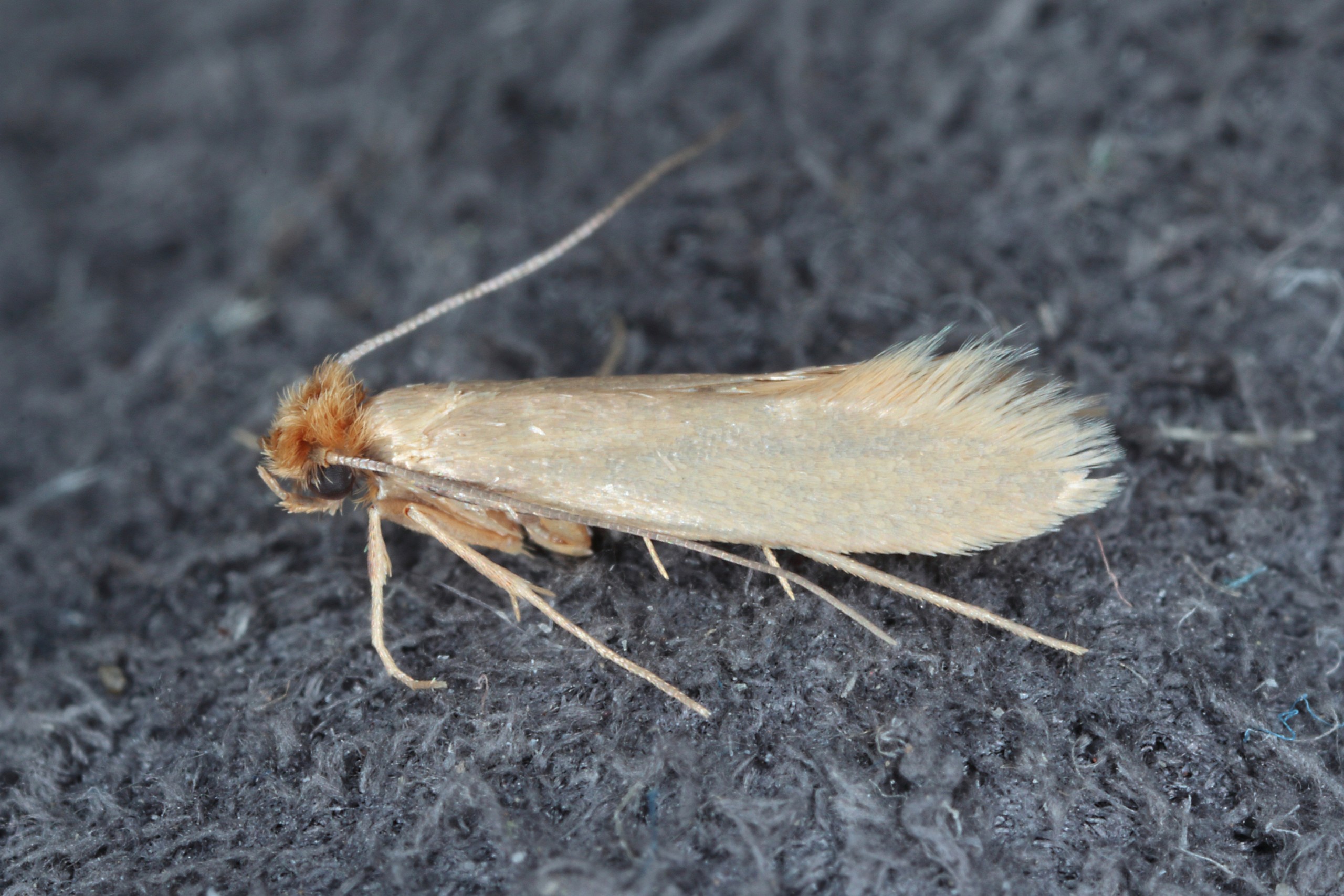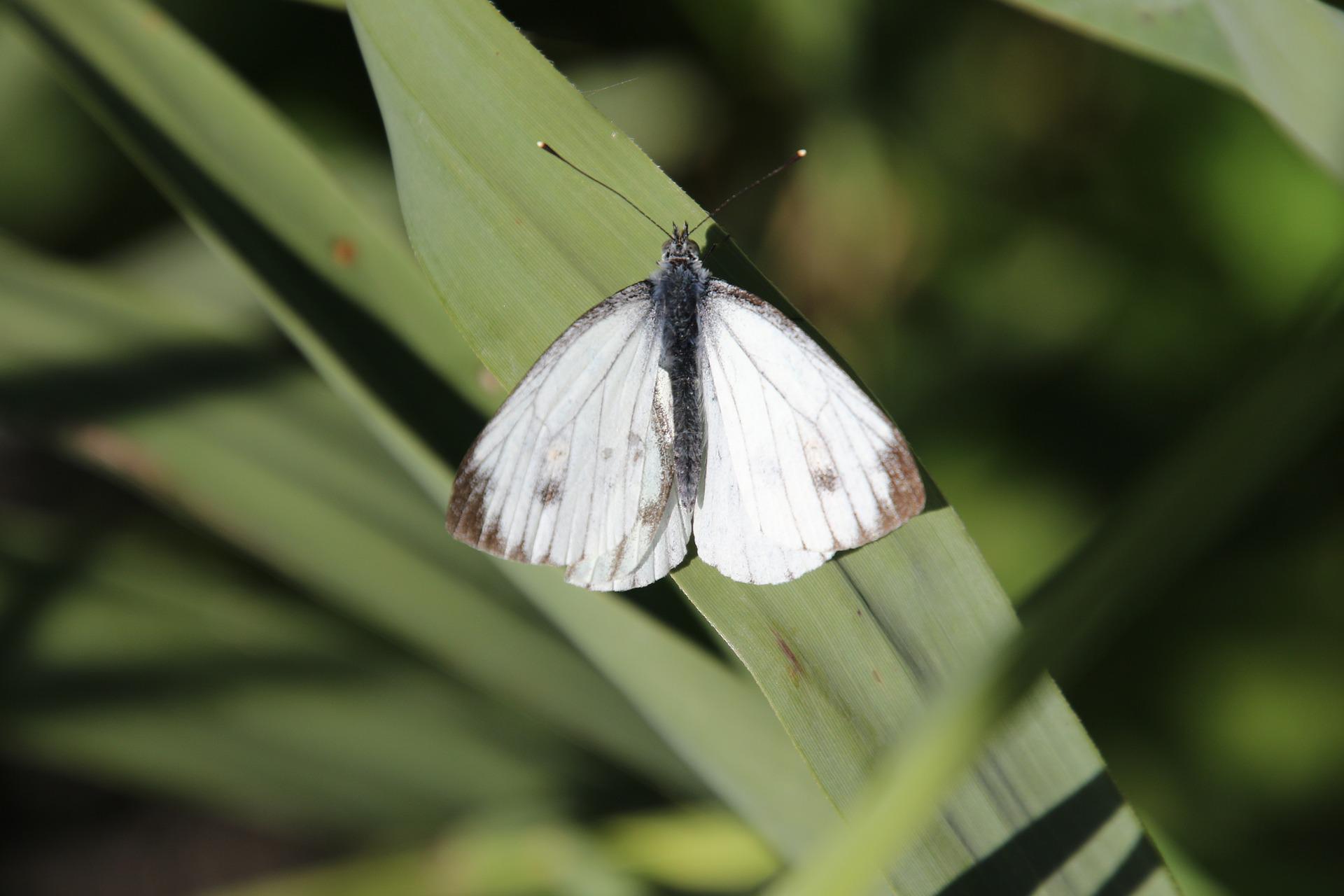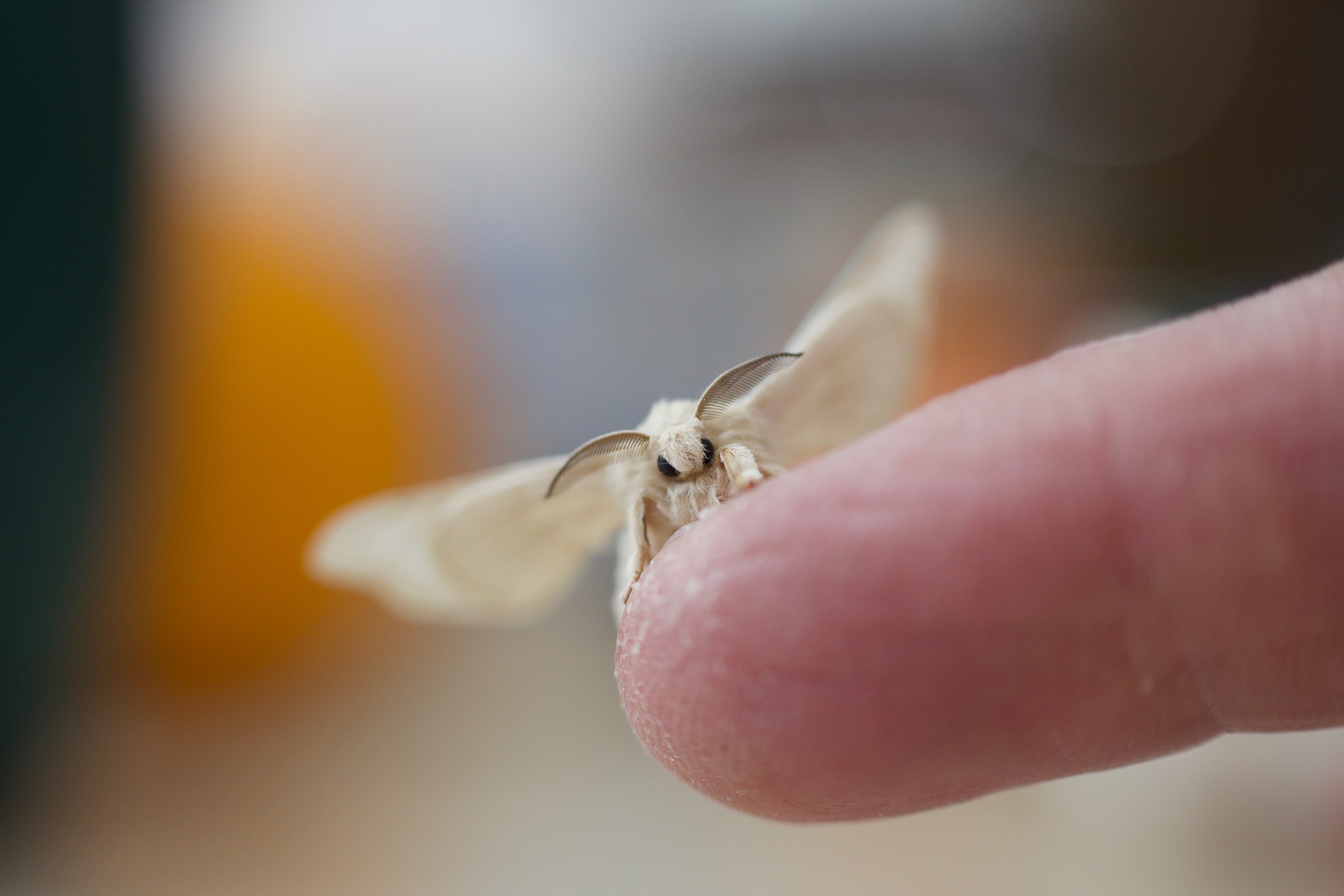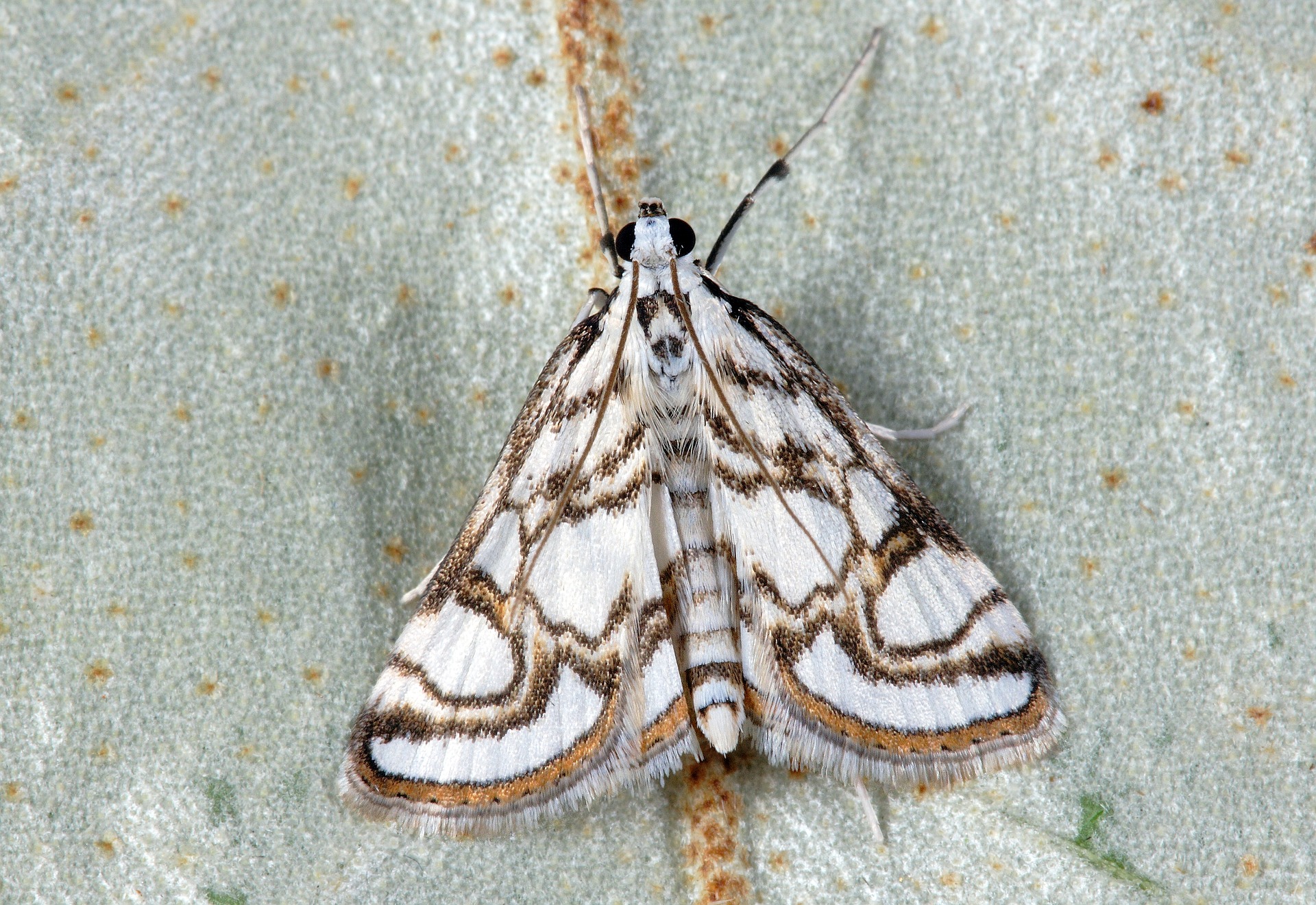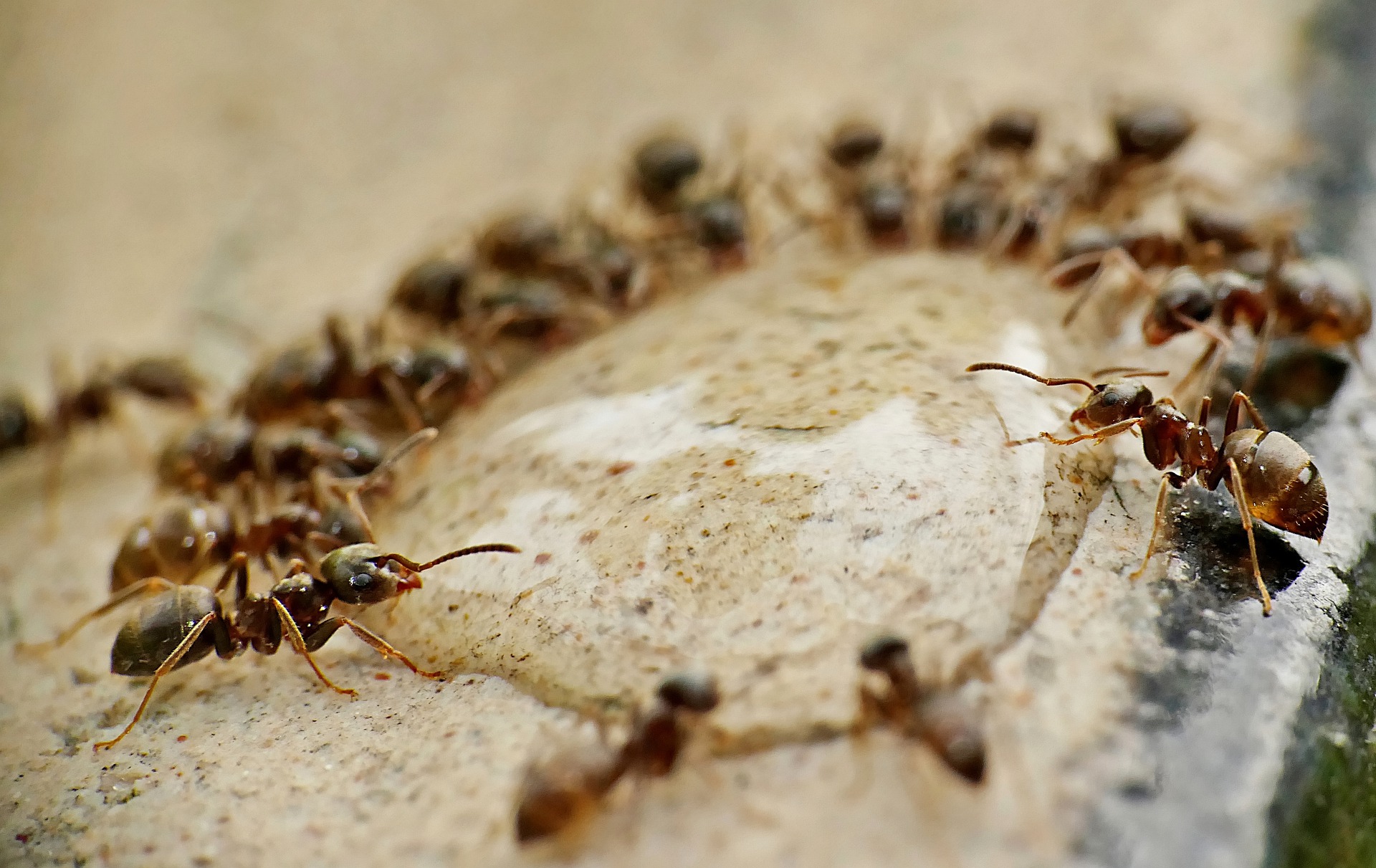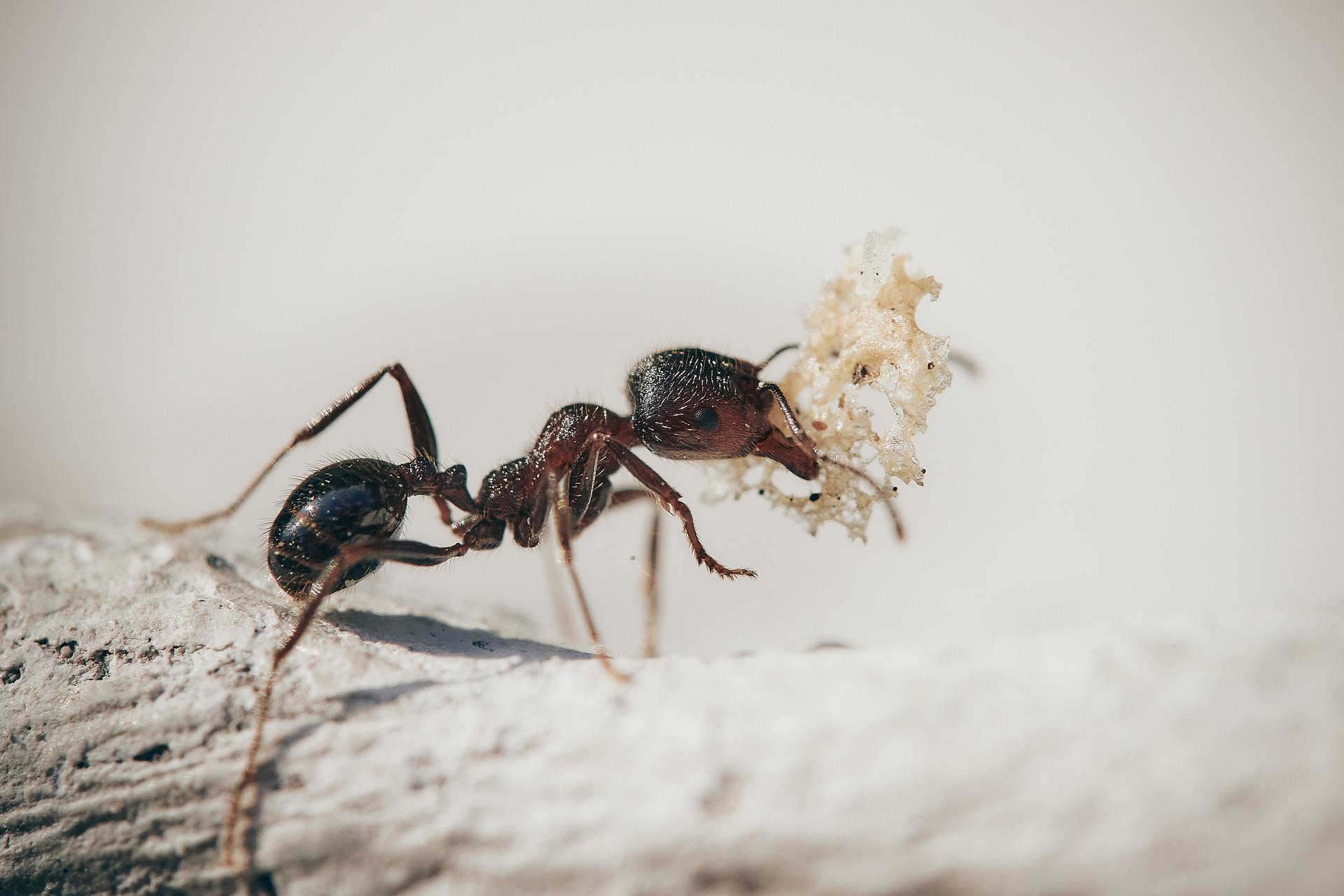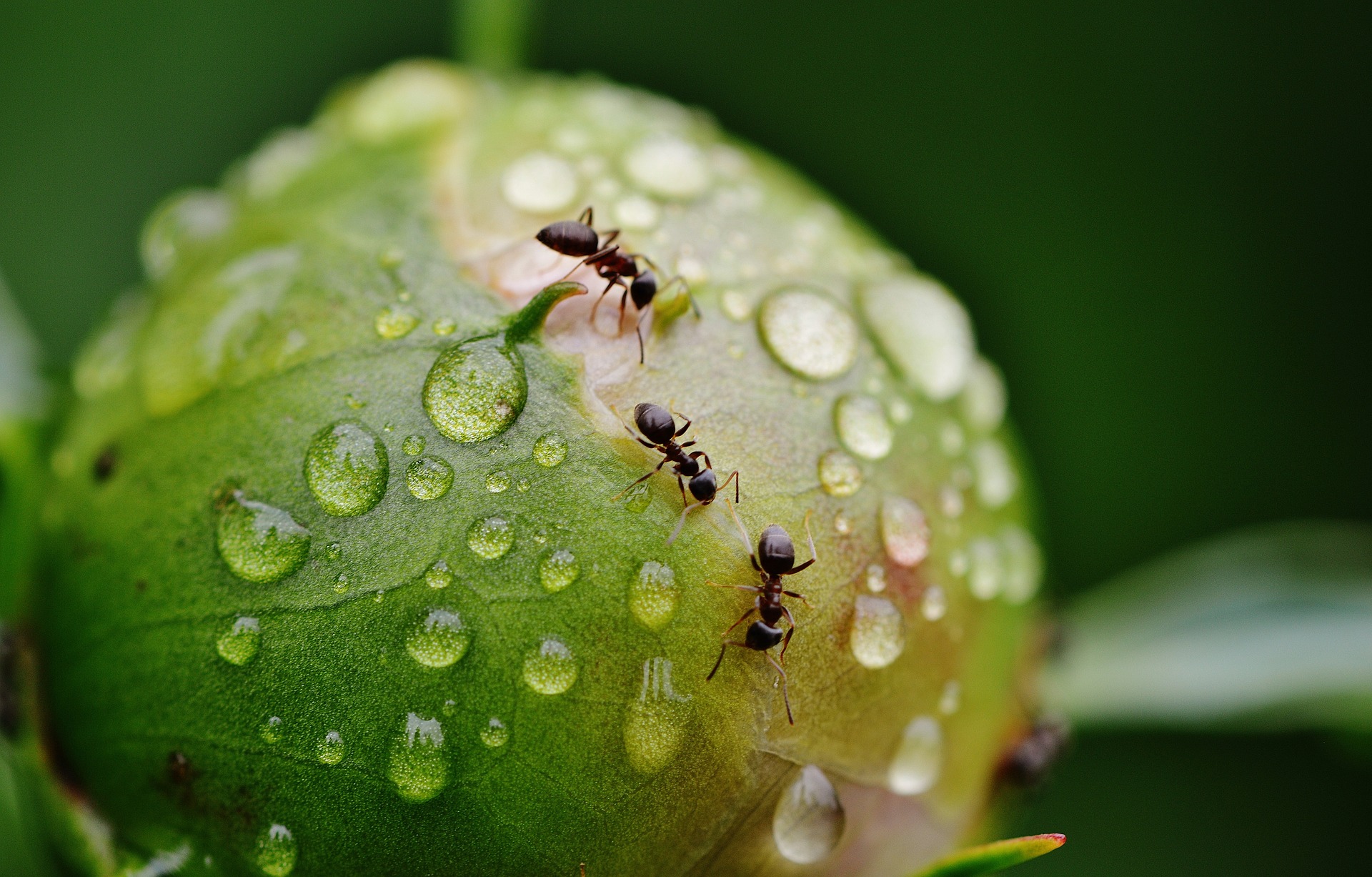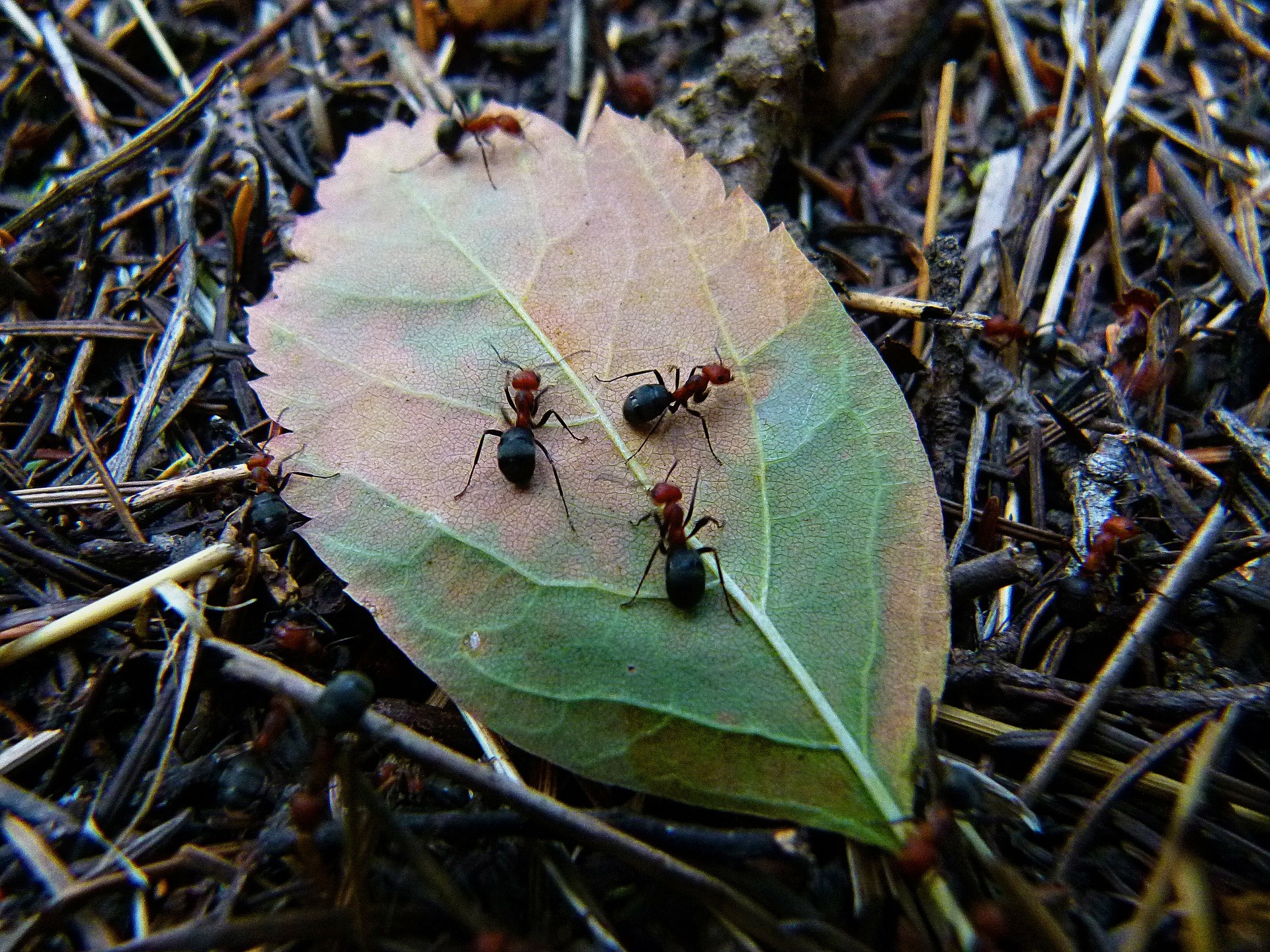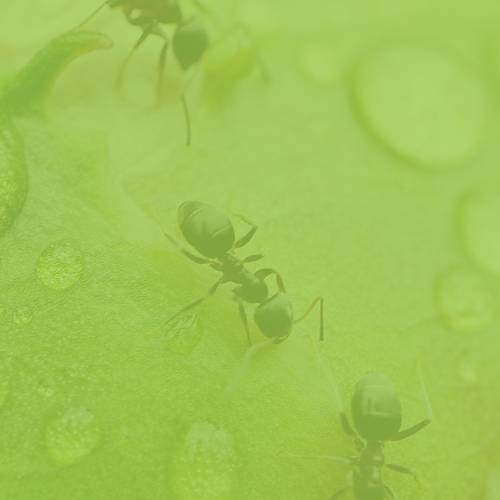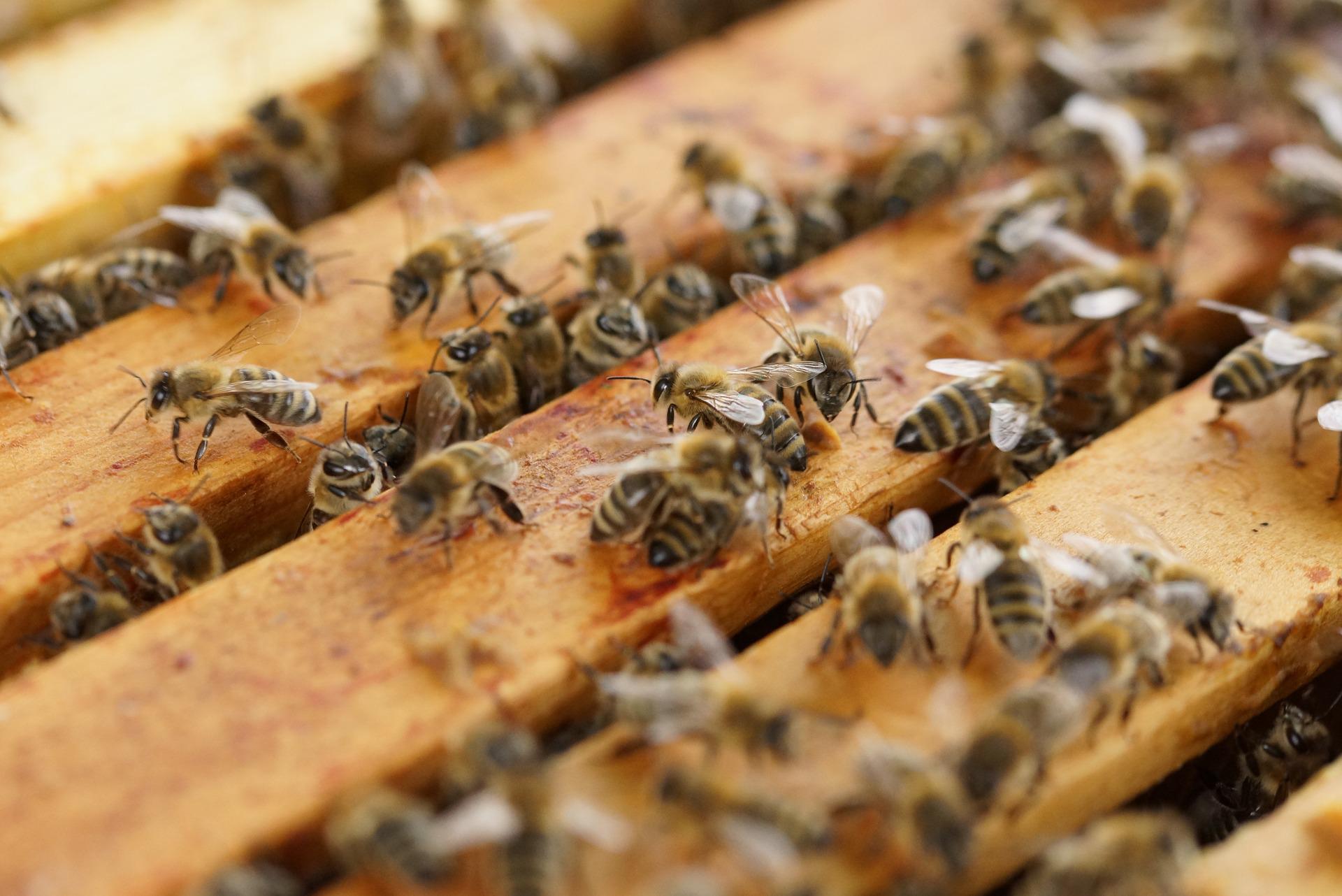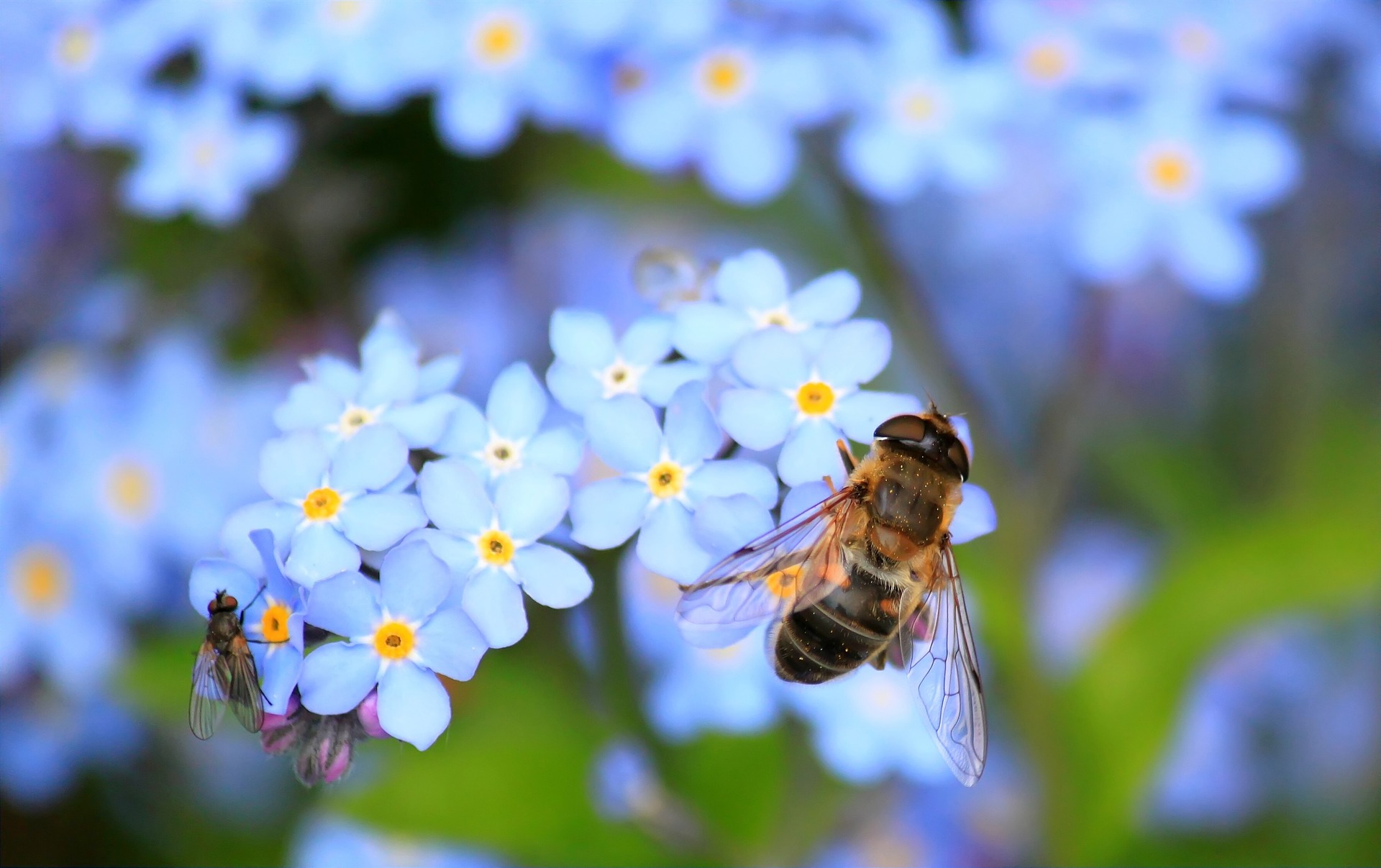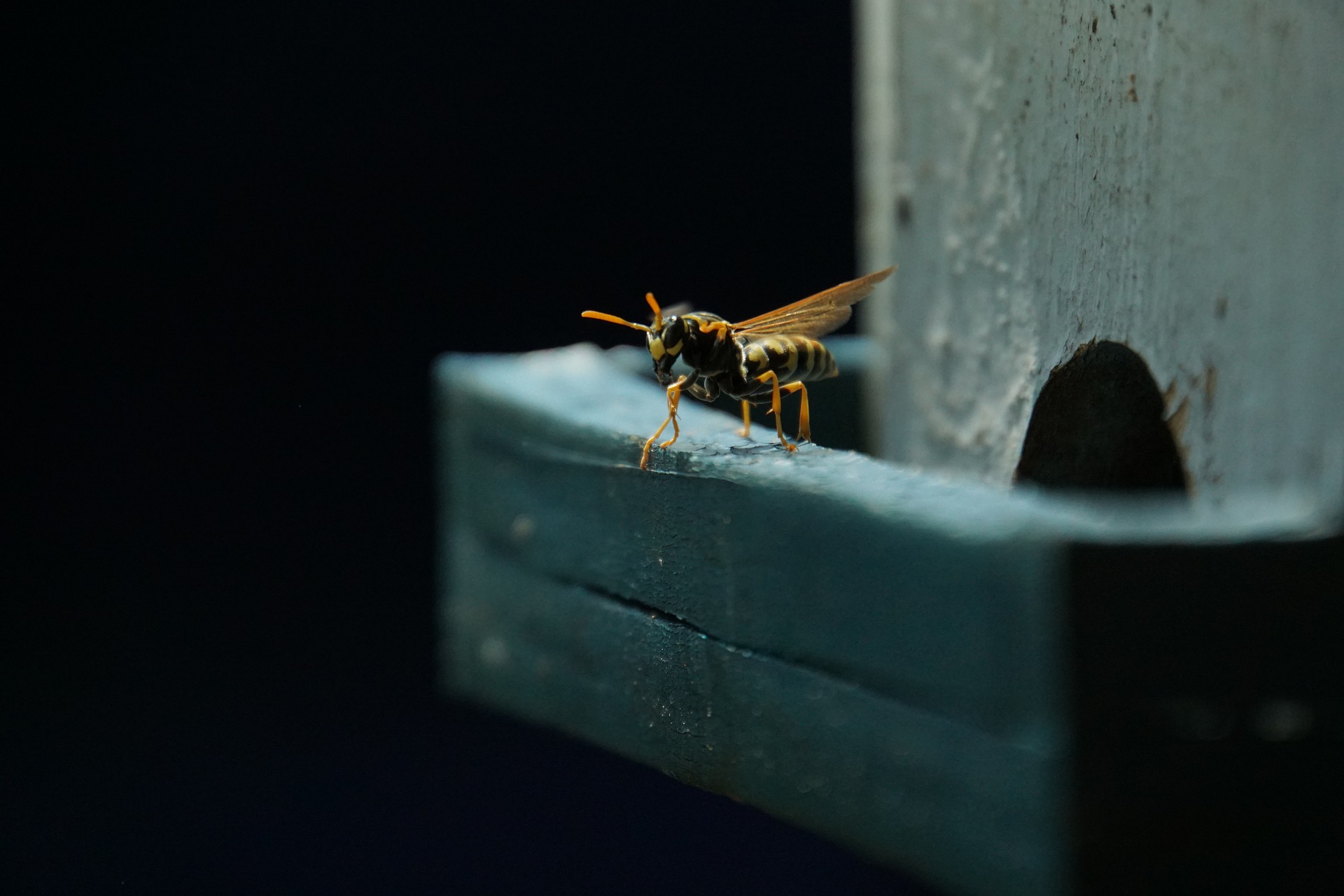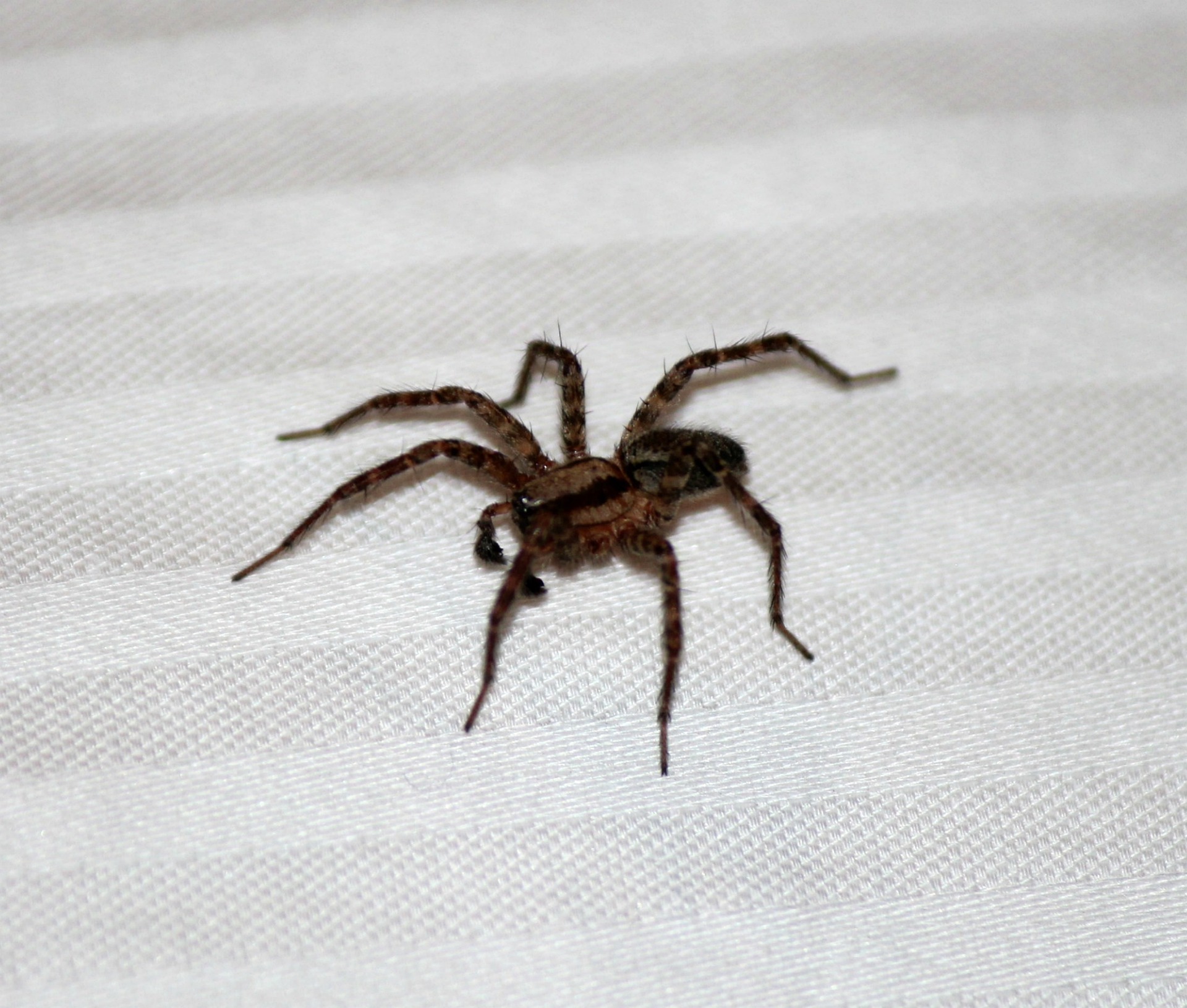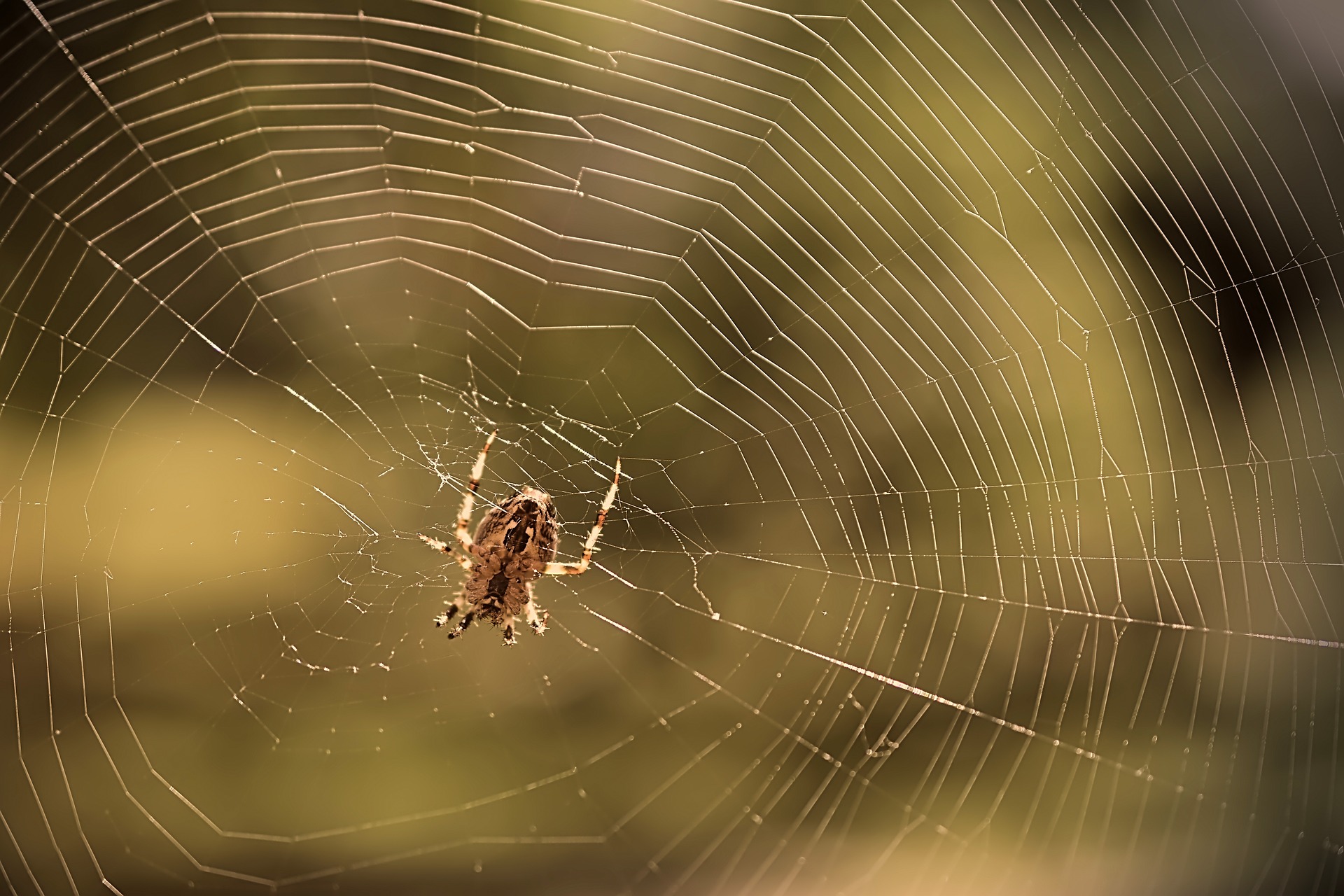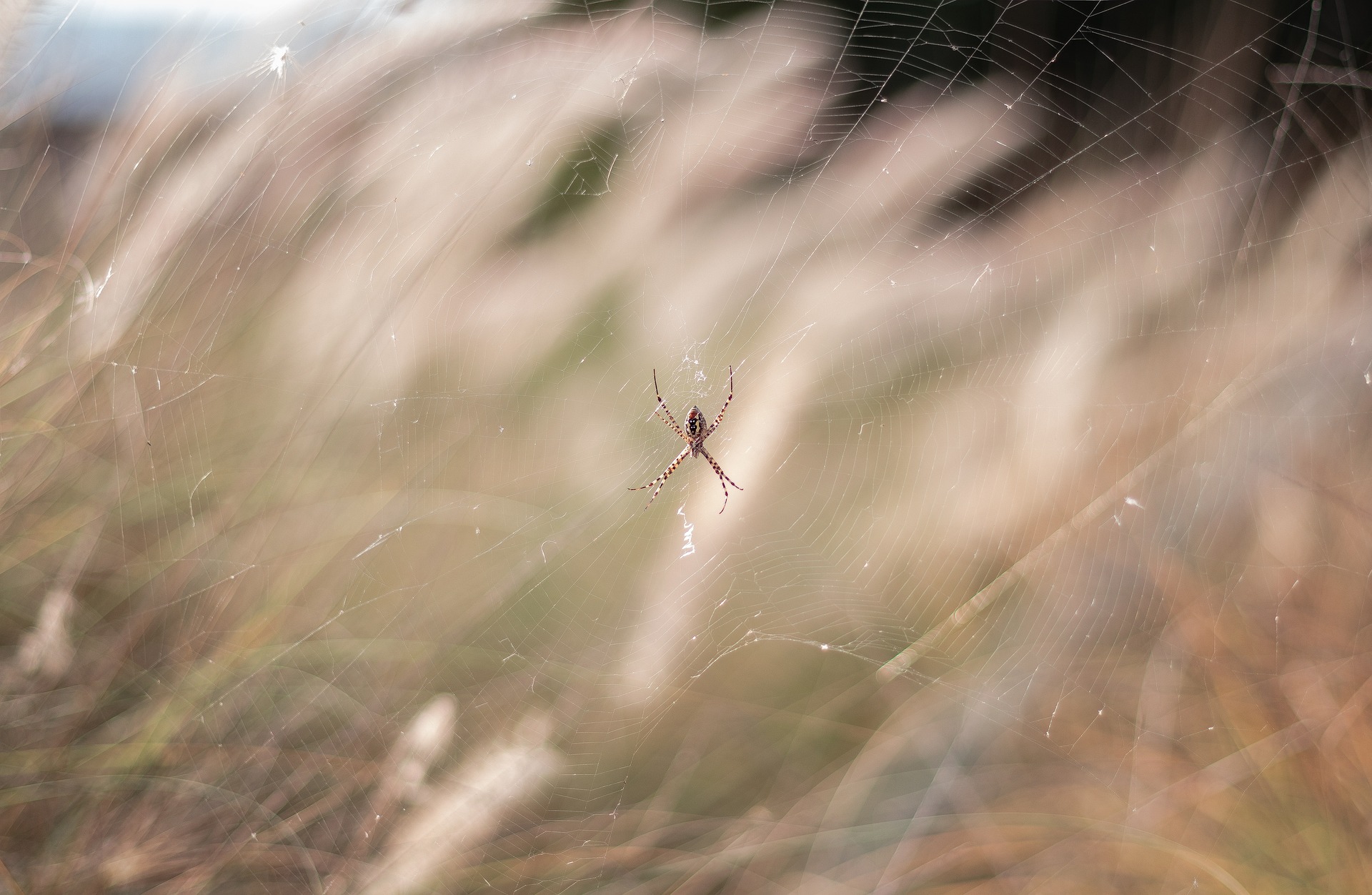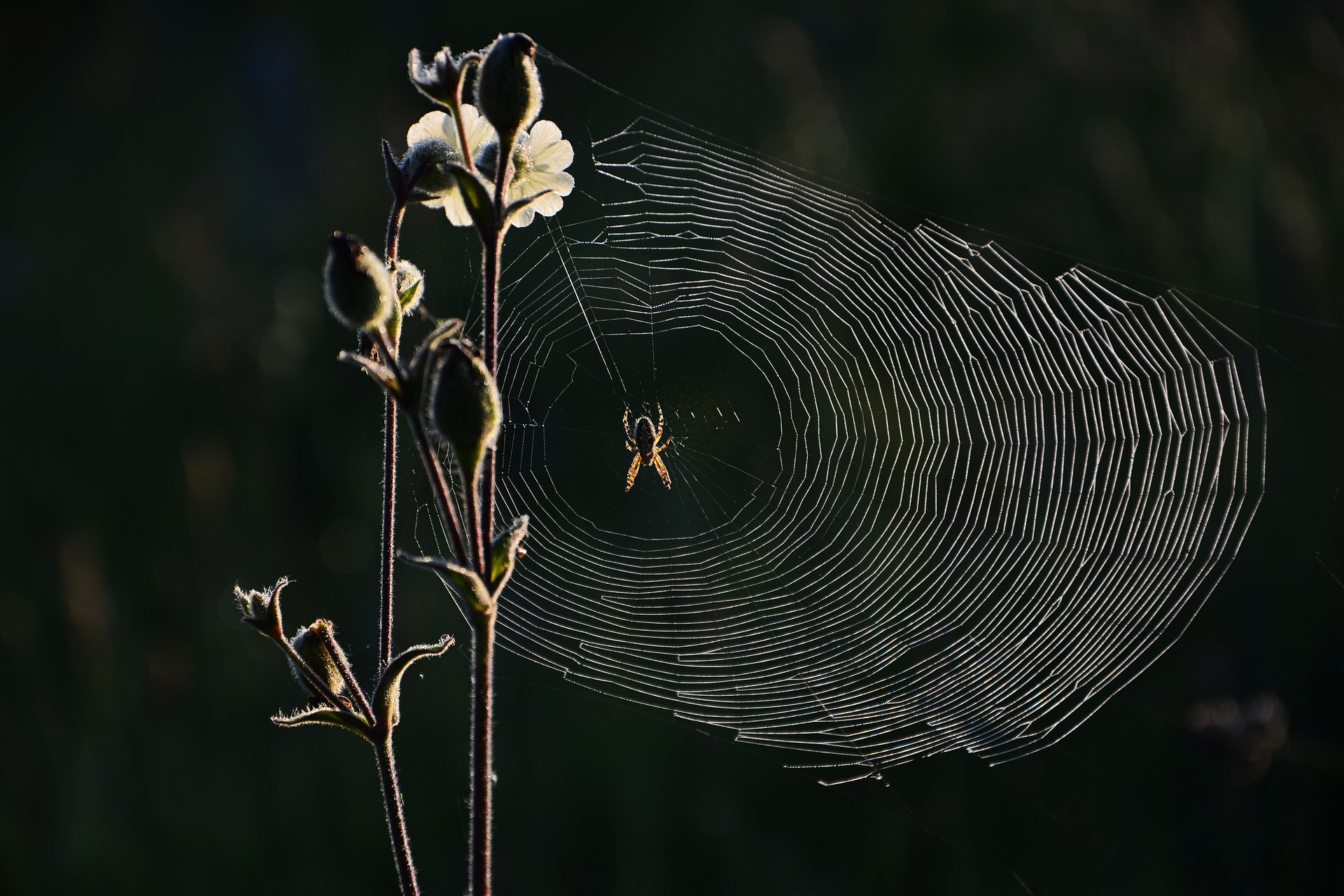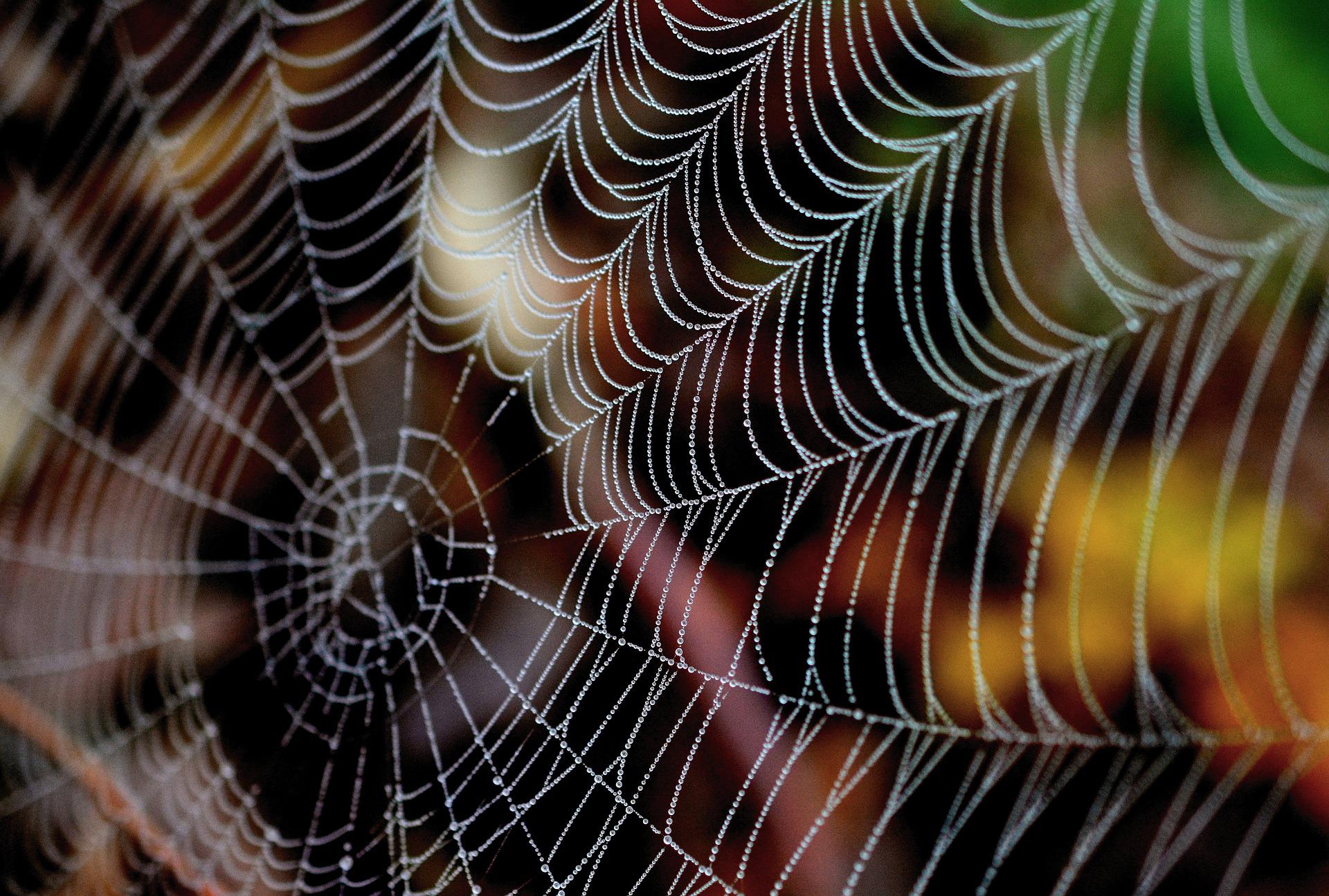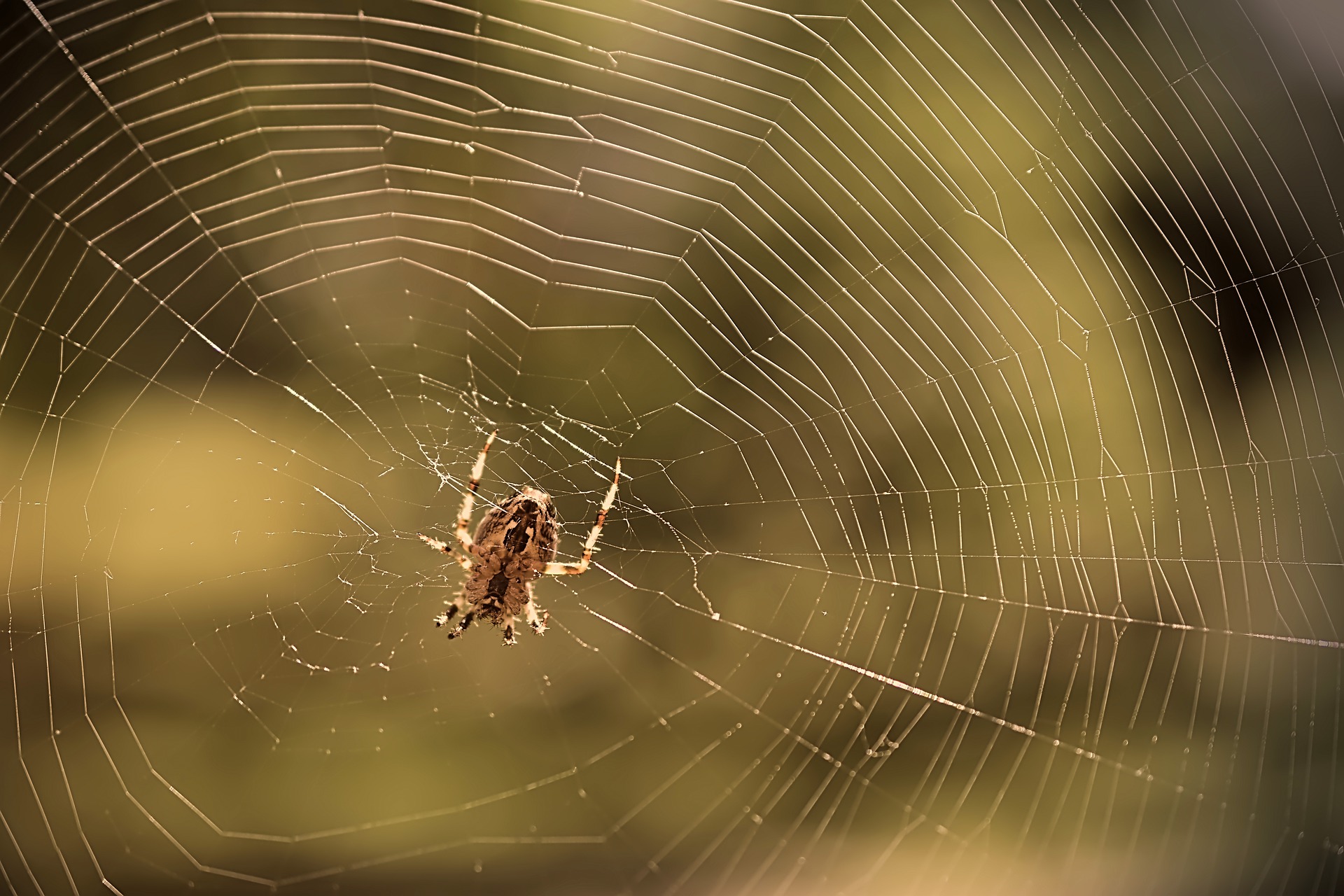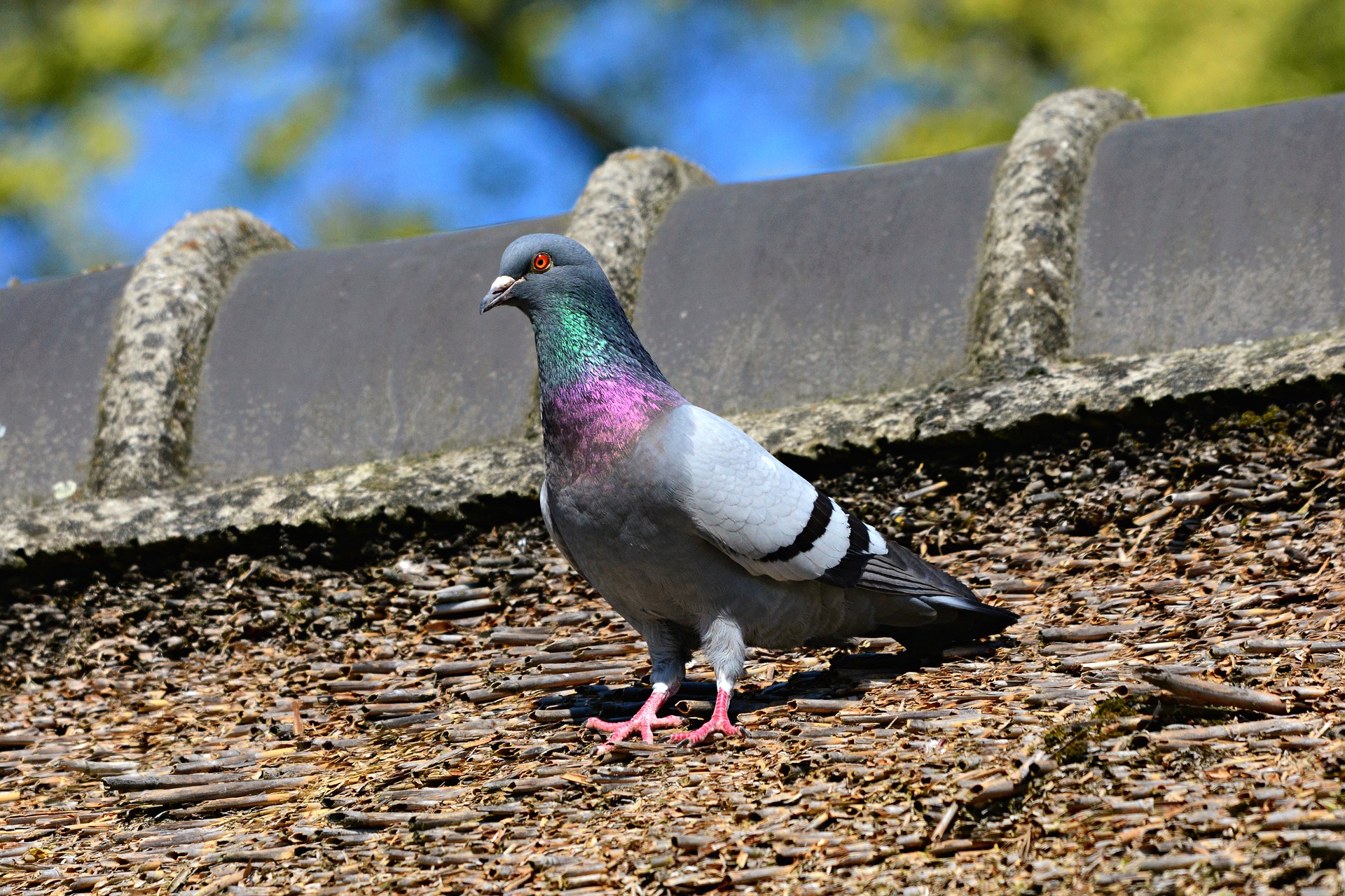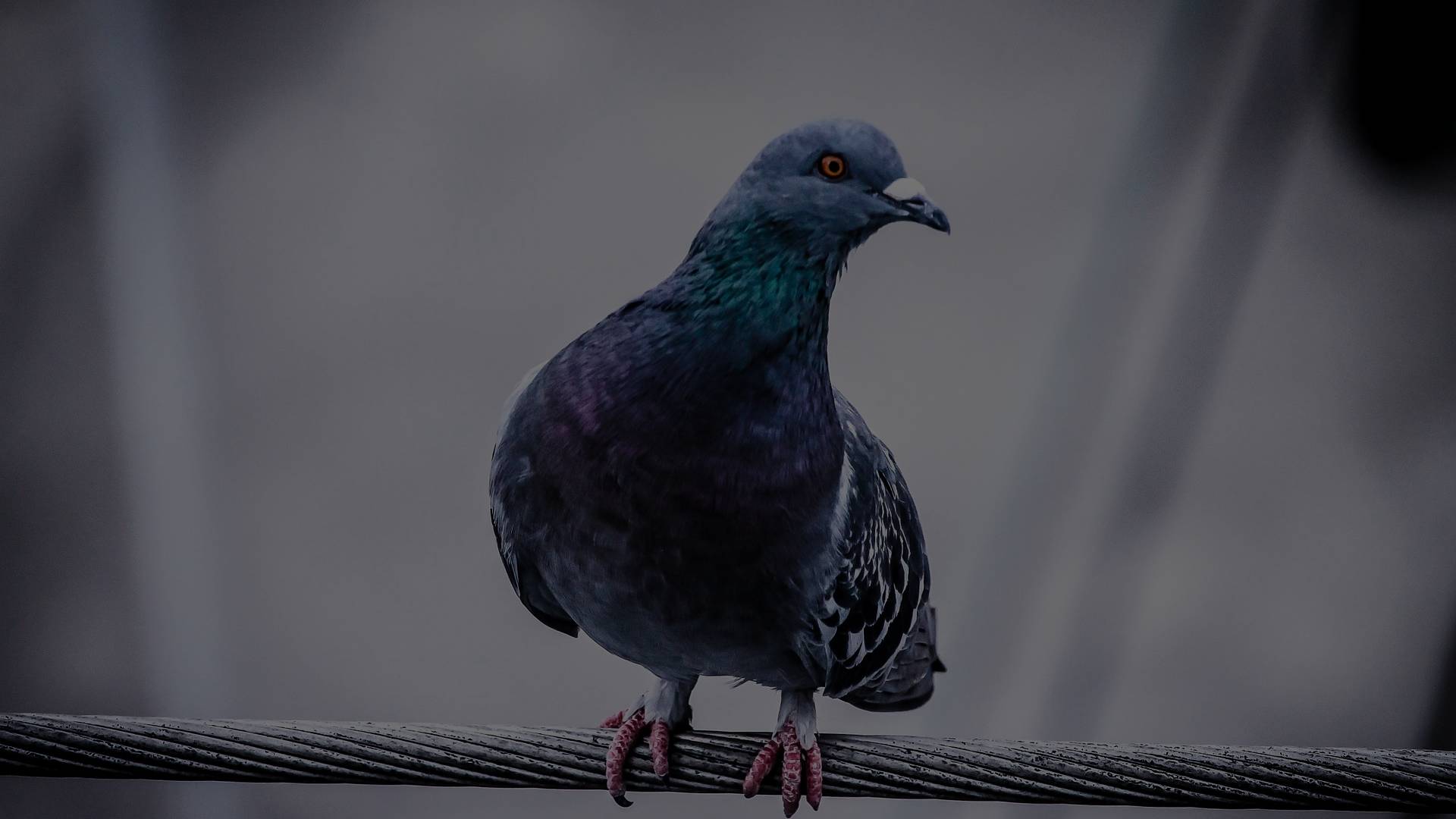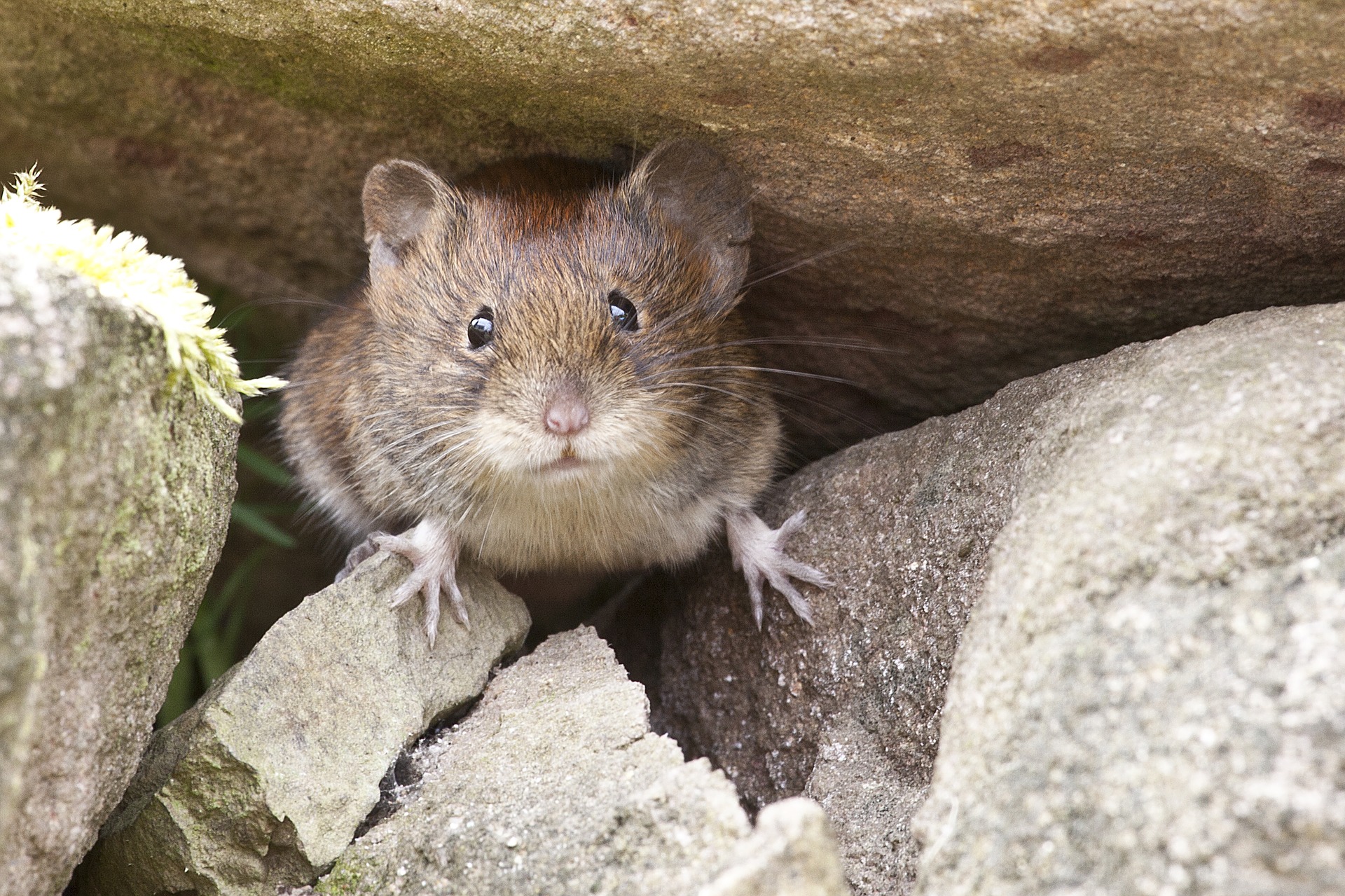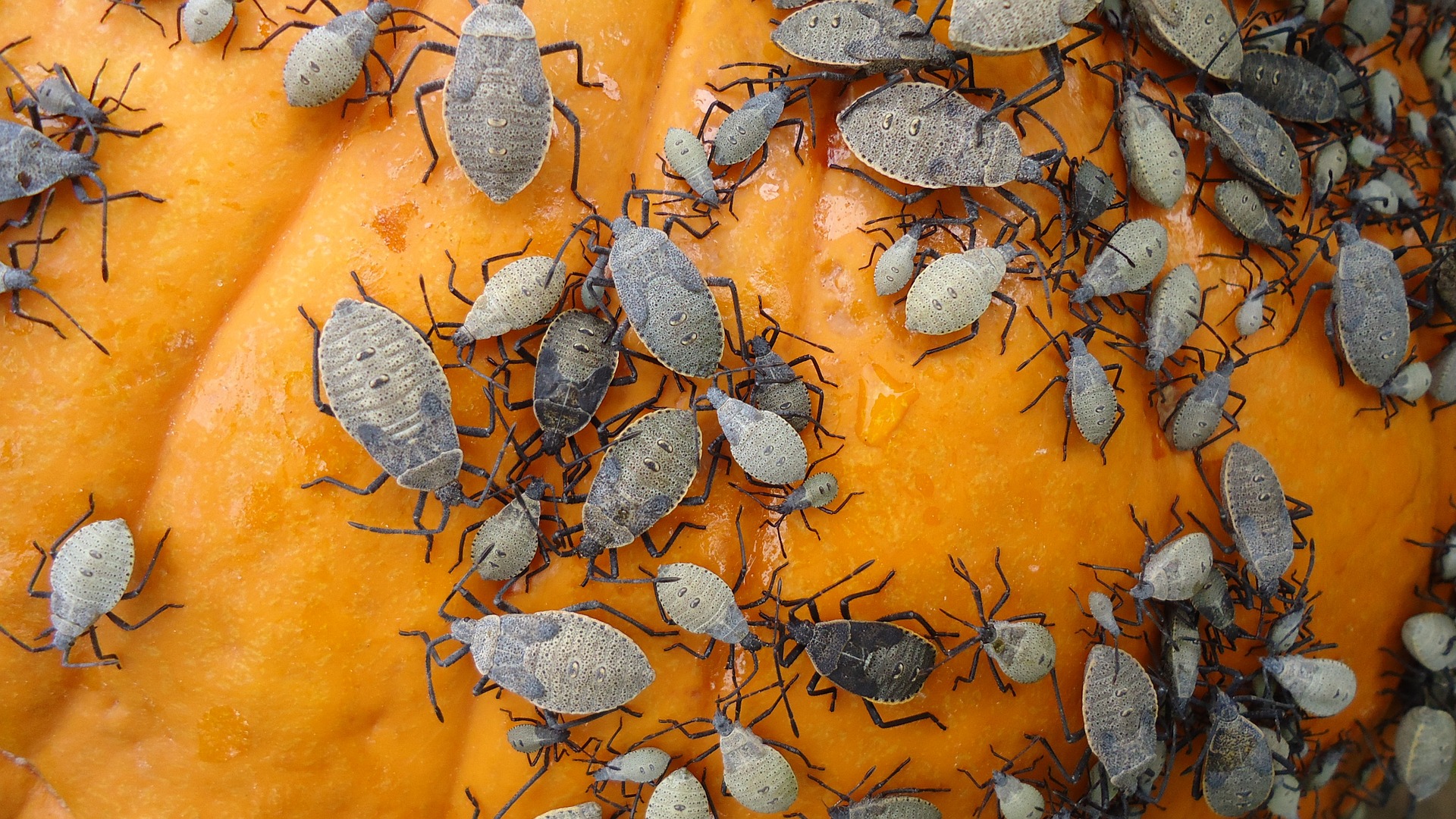Get Rid of Pantry Pests With 24/7 Pest Control Services in New York City.
If you have been cooking long enough, you will notice that pests like pantry moths love to snoop around for leftover crumbs. The most famous, many will say, are pantry pests. They target your dried food but don’t bite or sting people. Adults or their larvae can infest almost anything in your cupboards and shelves, including cured meats, cookies, crackers, pasta, beans, peas, and corn kernels. Spices, tea, milk, chocolate, seeds, and nuts are also pantry pests’ favorite food items to hover over.
Invasions are not entirely obvious on the grounds that the bugs are tiny and regularly look like the shade of their food. Because of this, their essence in the house isn’t as noticeable as other pets. Regularly the primary indication of an invasion is the presence of little moths zooming around or the presence of insects in or close to food bundles. They are drawn to the light which is the reason you will see them flying separated from their food source. If the worst happens and you see pantry moth eggs in food, try not to panic. Indian dinner moths, saw-tooth grain scarabs, and cigarette insects don’t spread any known infections, they don’t convey any known parasites nor do they convey any destructive microorganisms.
To best prevent pantry pests from entering your building, continuously store dry storage room food sources in close-fitting, plastic containers or in a ziplock bag. The pantry moths’ egg hatchlings can without much of a stretch berate their direction through paper and cardboard to get to other food, or basically enter holders that are not firmly fixed. Ensure that your storage room is closed consistently. Also, before you put fresh food items in compartments, make sure to clean them before inputting the items. This keeps any current nuisances from tainting the new item.
Although not always successful, some DIY methods you can try are to dispose of anything that has all the earmarks of being plagued, fixing them in a plastic pack prior to throwing I tou. Eliminate all things from the storeroom and utilize a vacuum to eliminate any irritations, eggs, and pupae that might be stowed away in the cleft. Make sure to place the vacuum pack in a fixed plastic sack prior to arranging to stay away from re-invasion. After that, wash the racks, dividers, and corners completely prior to returning any things to the storeroom. Lastly, keep in mind that not all over-the-counter pantry moth killer spray pesticides and other vermin control items are successful and can even be destructive to individuals and pets whenever abused or blended inappropriately – particularly around food things in your storage space. If you’ve been having trouble with pantry pests in NYC call 24 hr pest control NYC for assistance. Our team of professional pest exterminators are trained to handle any type of pest you may encounter.
Pantry Bugs – Indian Meal Moth
If you wondered if you have ever seen an Indian meal moth, chances are you have. It is due to the fact that these are the most common and maybe the number one invaders in your pantry. Indian meal moths are a typical family bug that gets their name from their eating routine of grains. These moths can be up to five-eighths of an inch long, with a wingspan of around three-fourths of an inch.
Pantry Bugs – Saw Toothed Grain Beetle
The most ancient known beetle is well known as the Sawtooth Grain Beetle. These bugs have been around as long as other flour bugs. Their set of experiences goes back a few thousand years. This is because in reality most antiquated human advancements utilized flour as an essential food fixing. Sawtooth Grain Beetles are a little brown to dark insect estimating a quarter to three-eighth inches long when completely developed.
Pantry Bugs – Drugstore Beetles
If you are wondering if there are beetles that attack drugstore, tobacco, and book products, the Drugstore beetle is definitely one of them. It gets its name from its propensity for benefiting from physician endorsed drugs. It likewise benefits from flours, dry blends, bread, treats, chocolates and different desserts, and flavors. Non-food material incorporates fleece, hair, calfskin, horn, and gallery examples.
Pantry Bugs – Flour Beetles
The two most common species are the red flour beetle and the confused flour beetle. They look similar, but you’re more likely to meet the red flour beetle in your home. Basically indistinguishable, the confounded and red flour bugs are around 3/16 inch long with leveled bodies very much adjusted to creeping into minuscule clefts. The most ideal way to recognize these two species is to take a gander at the radio wire.
Pantry Bugs – Warehouse Beetles
The warehouse beetle insect, Trogoderma variabile, is one of a few types of creepy crawly in the variety Trogoderma that are viewed as irritations of put away items. It is the most normal Trogoderma brother in homes. The distribution center bug is elliptical to oval, 1/8 to 3/16 inch long, with a dim and light mottled example on their wing covers. Grown-up Trogoderma are genuinely fleeting and seldom feed on put away items.
Pantry Bugs – Rice Weevils
Rice weevils are a type of beetle that eats plants. These dark brown, winged insects can spoil entire bins of grains. The rice and storehouse weevil are vermin of put away grain and seeds. They create inside entire grain portions as little, white, crumpled, grub-like hatchlings. There is for the most part no outer proof that the hatchlings have been eating and becoming inside the seed until after around one month when the grown-up weevil bites through the seed coat and arises.


